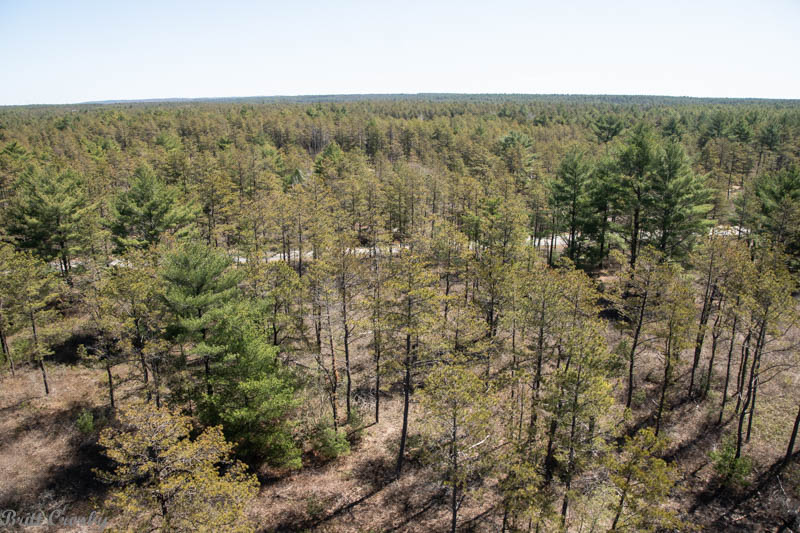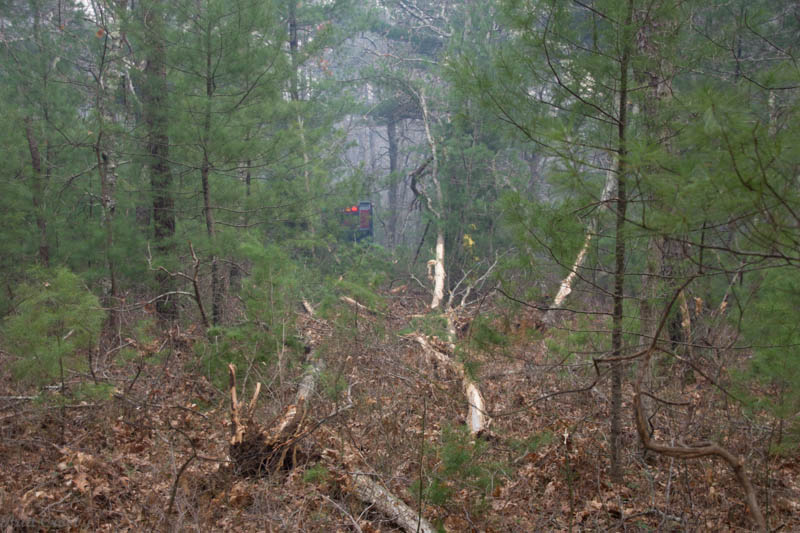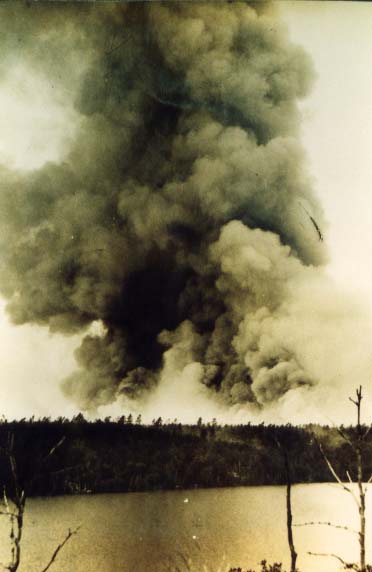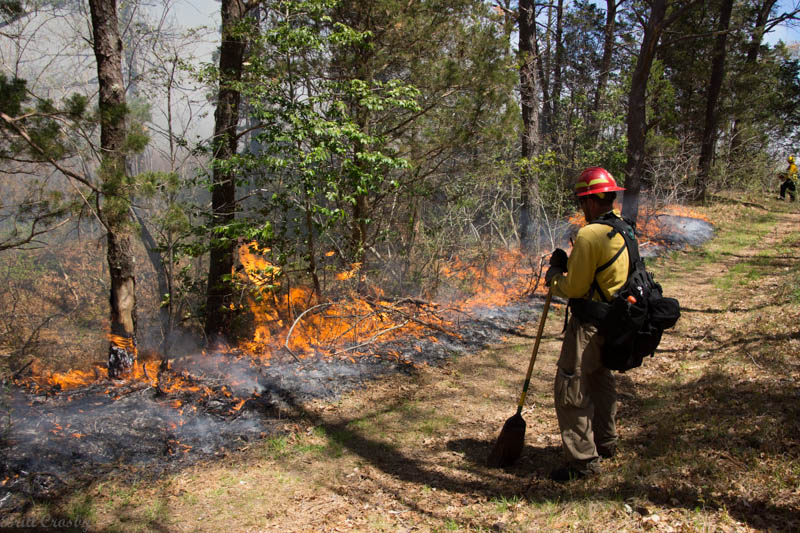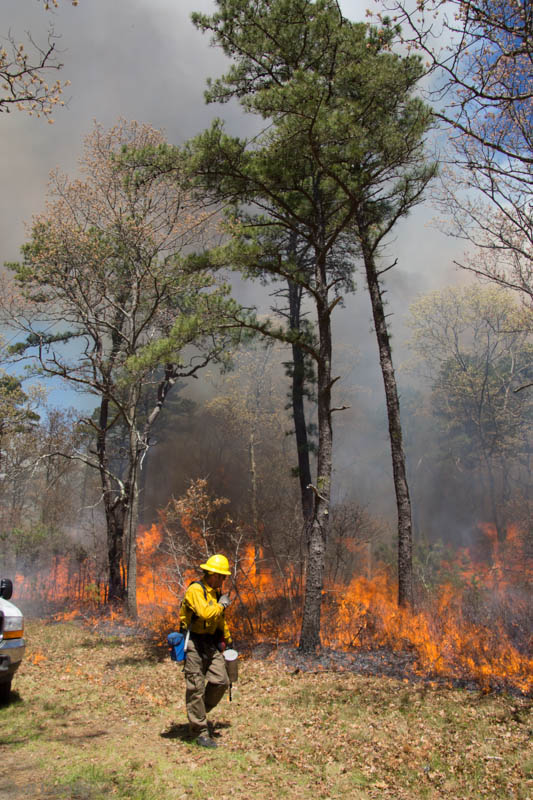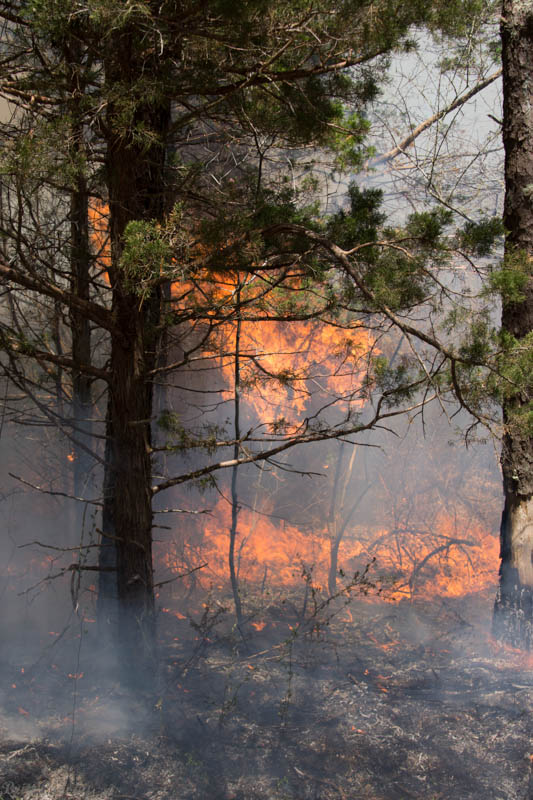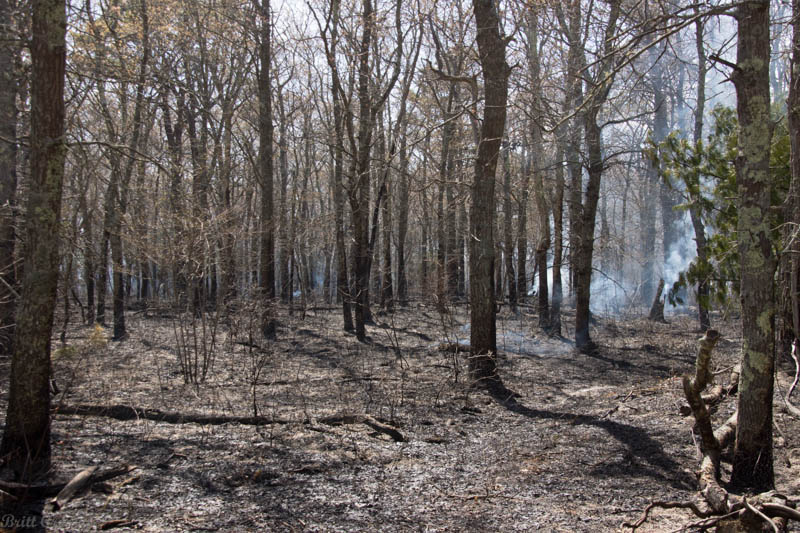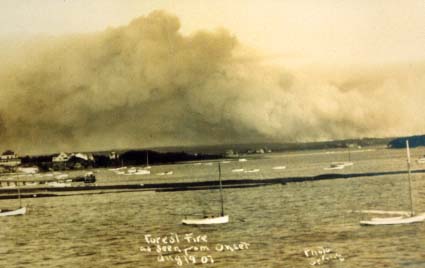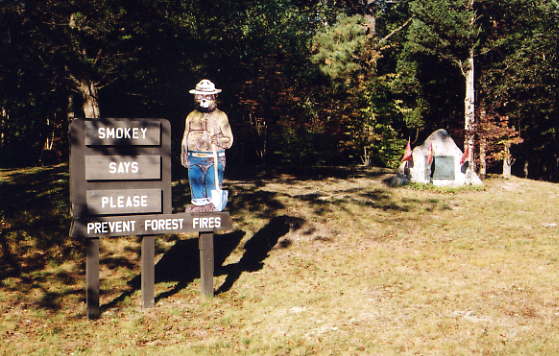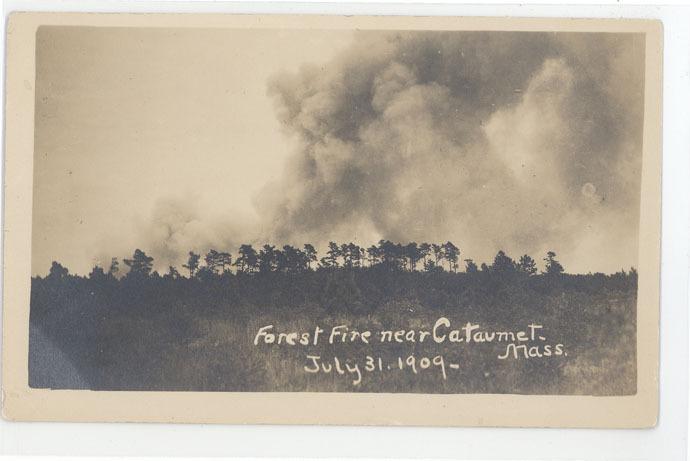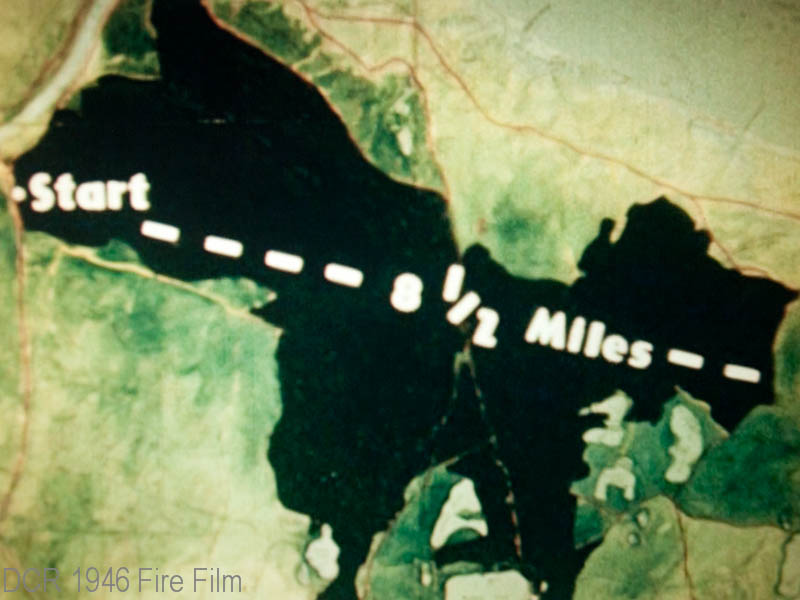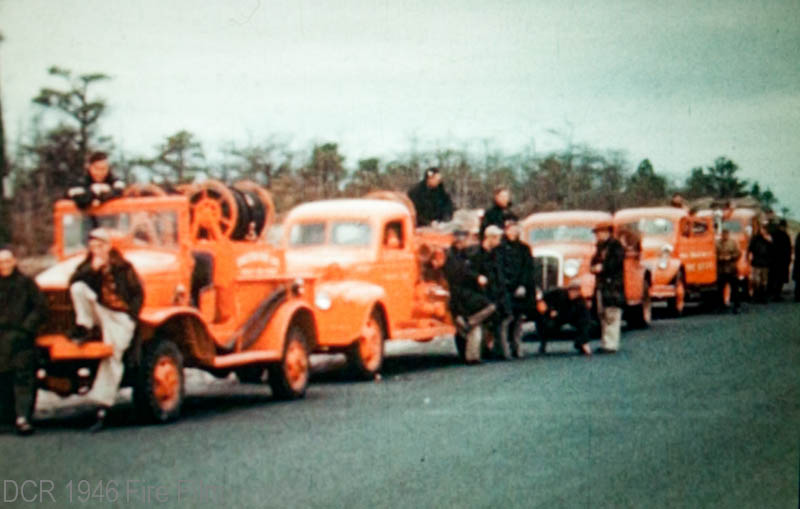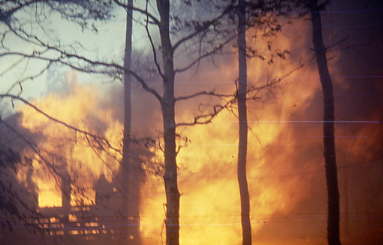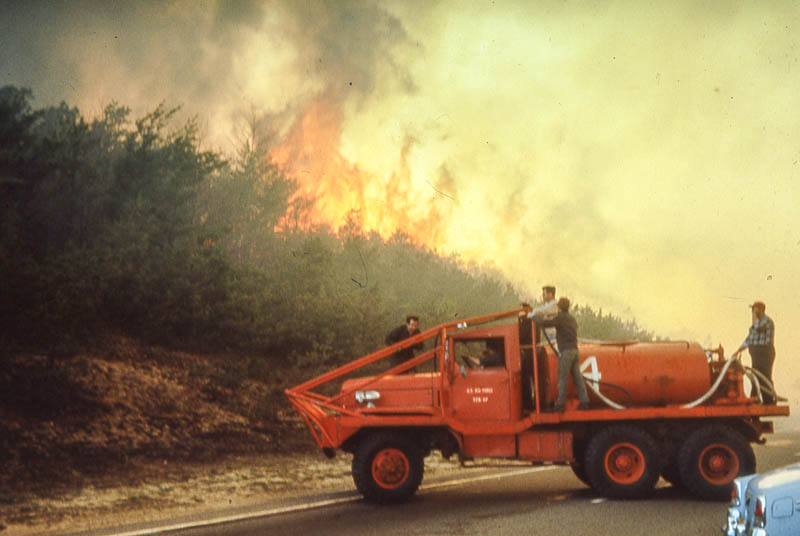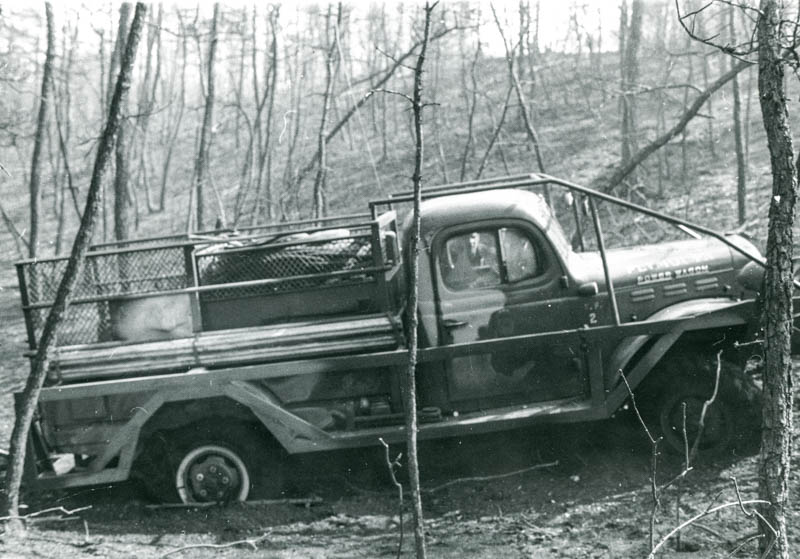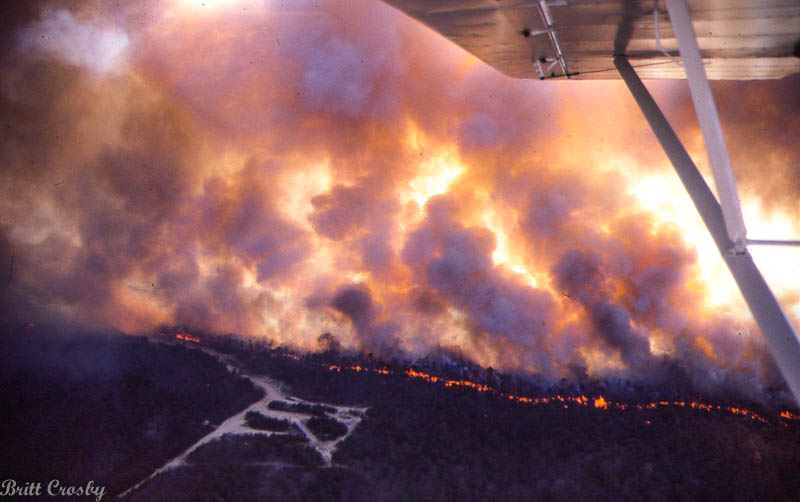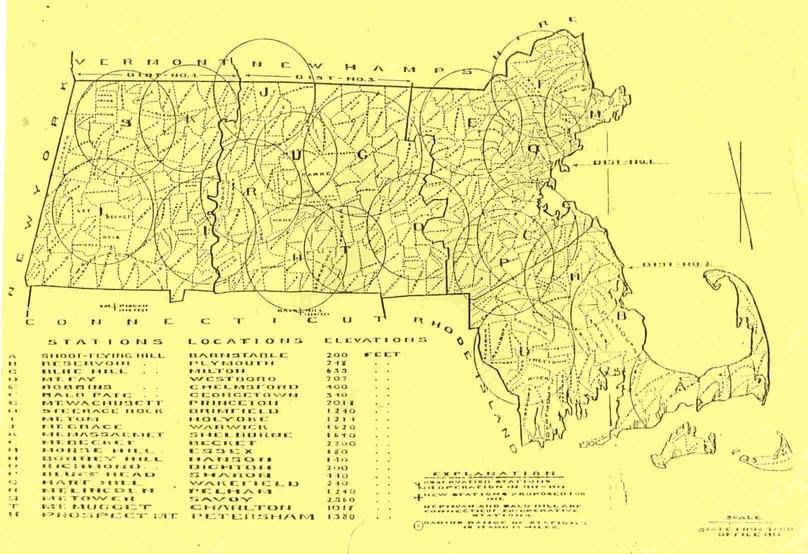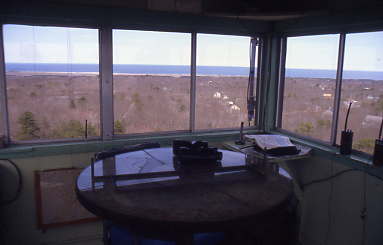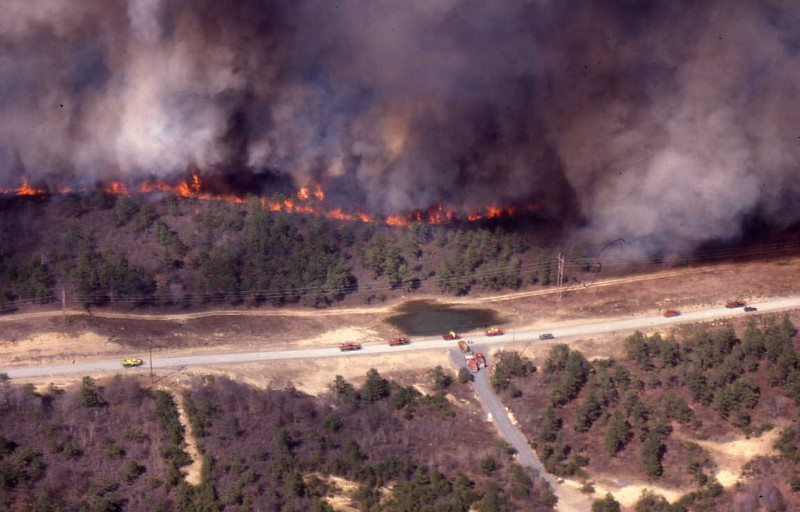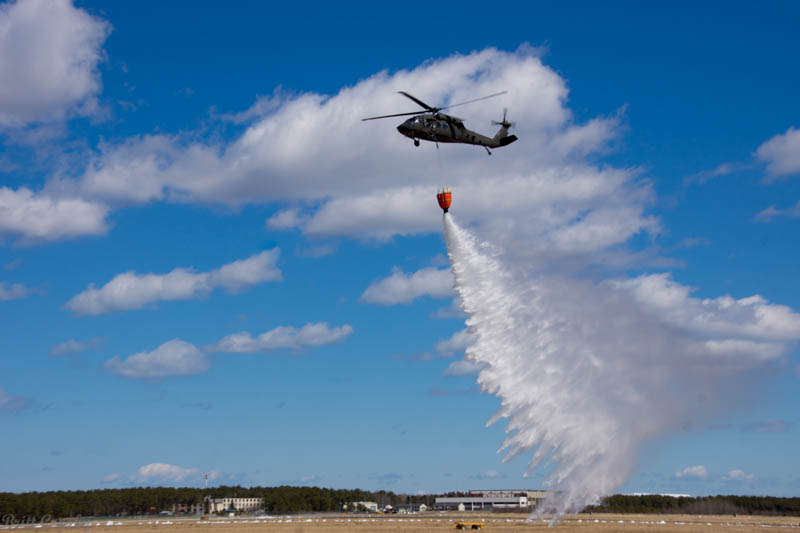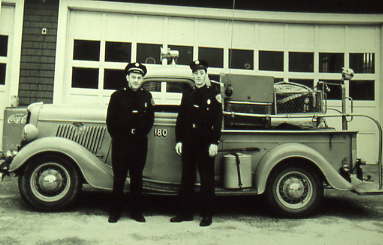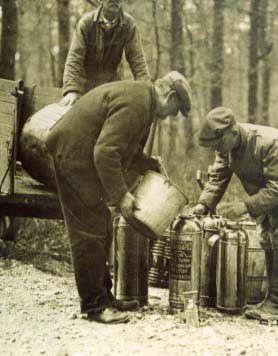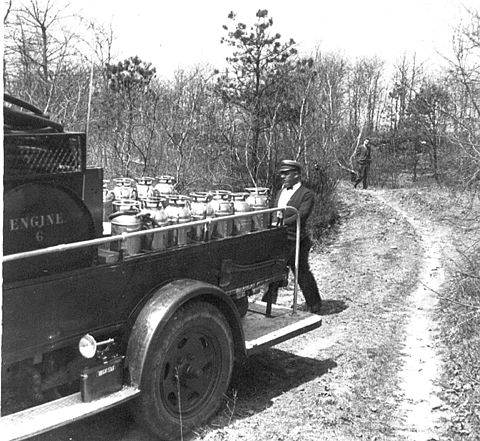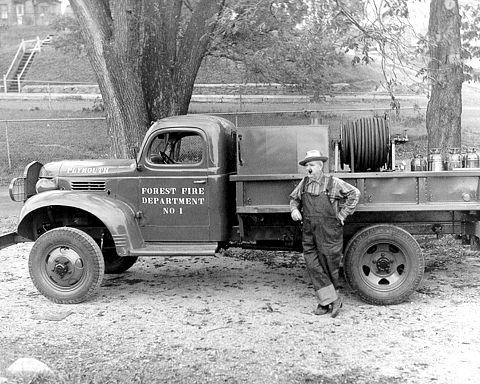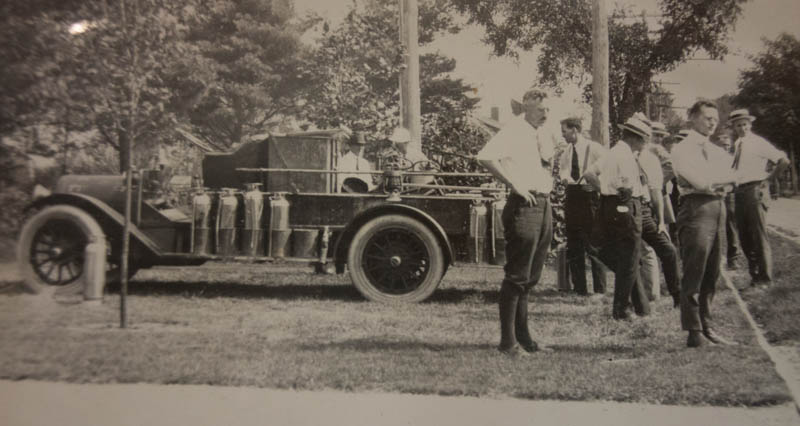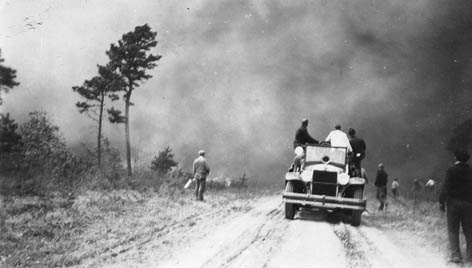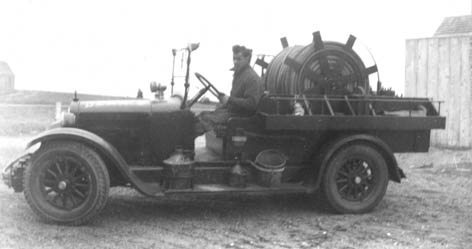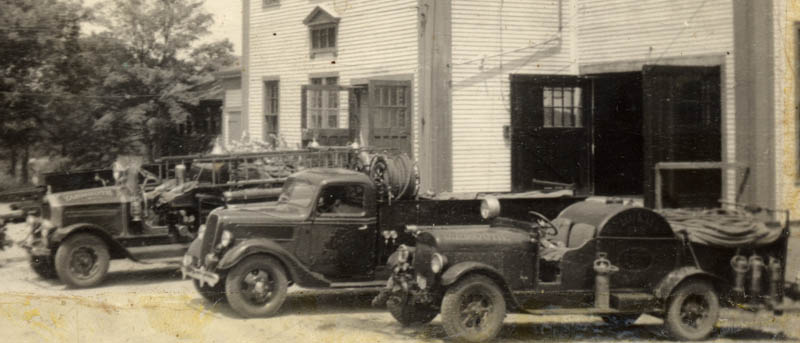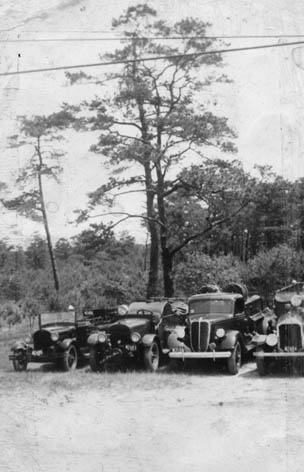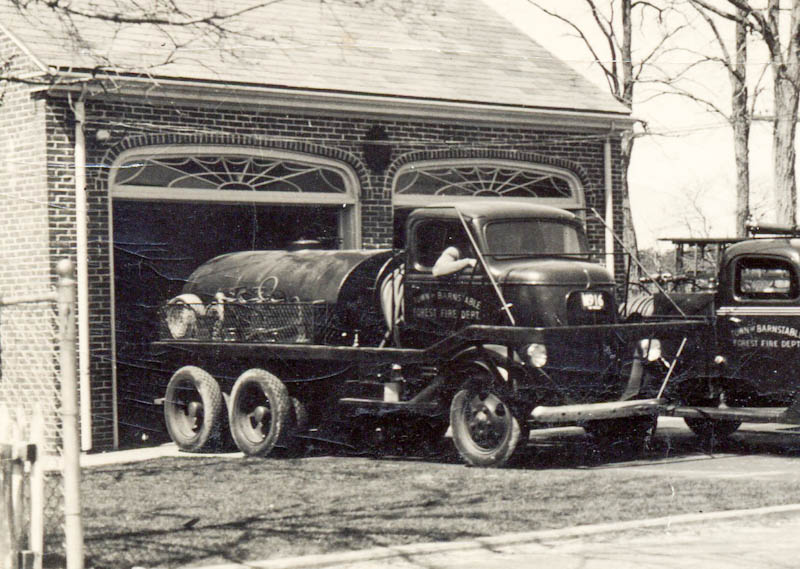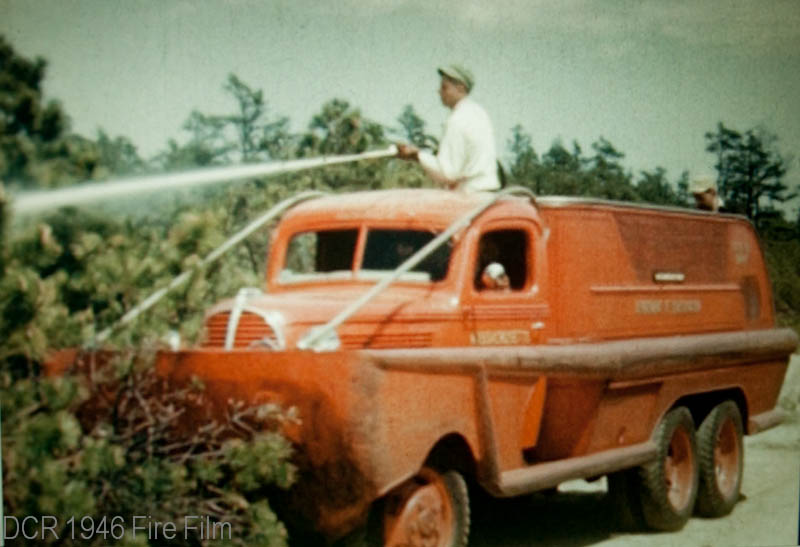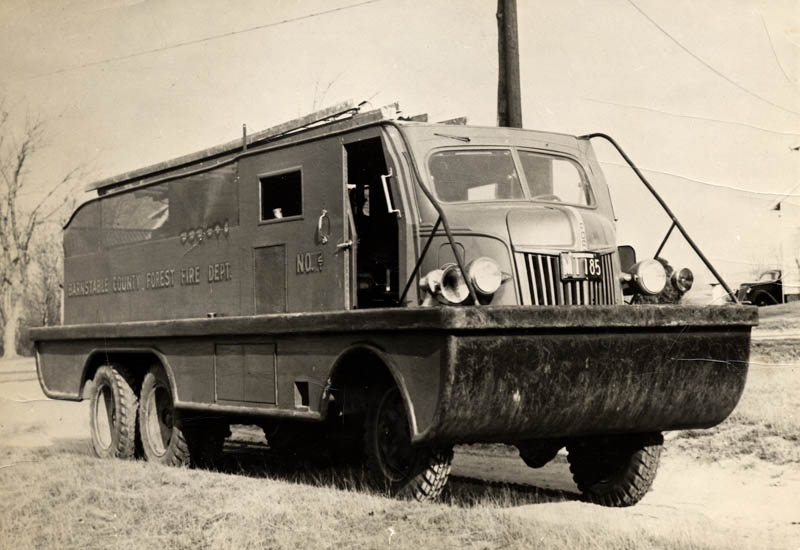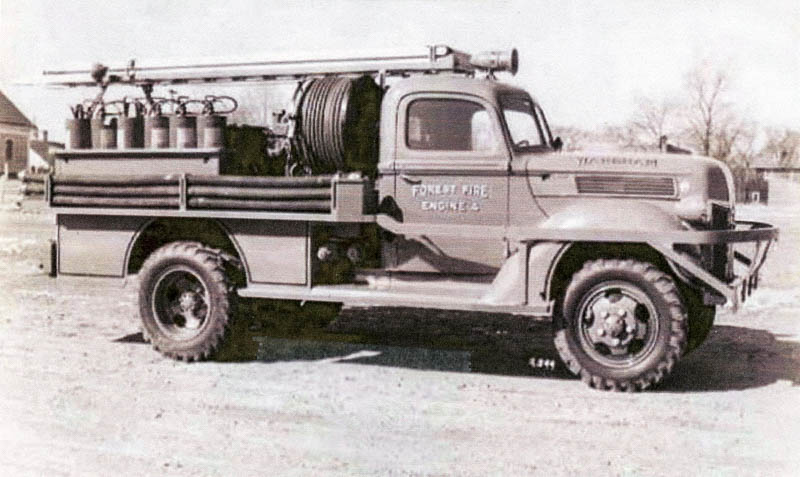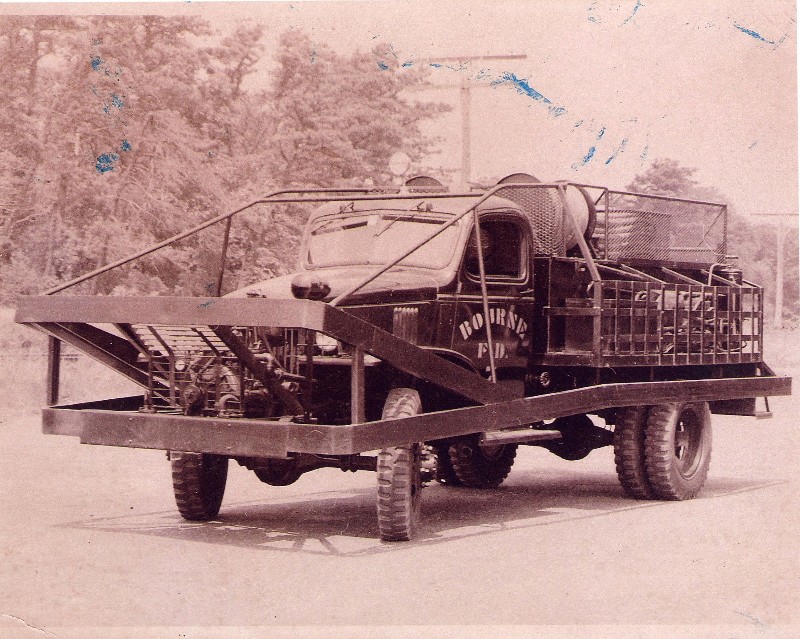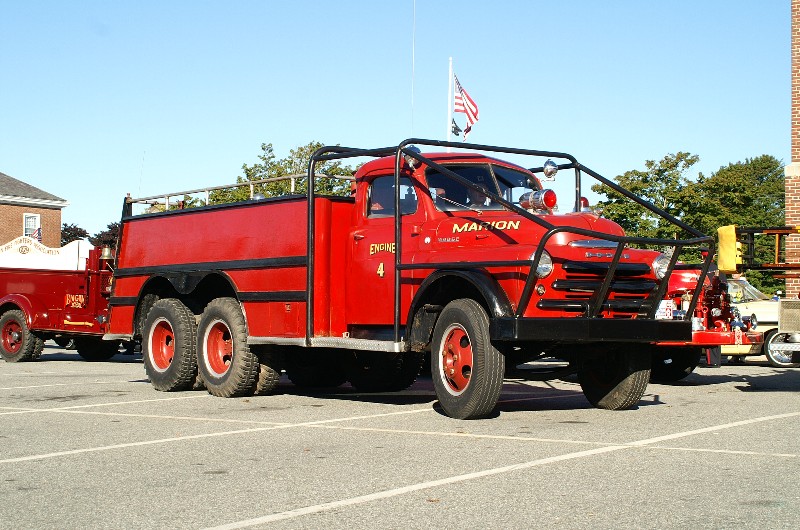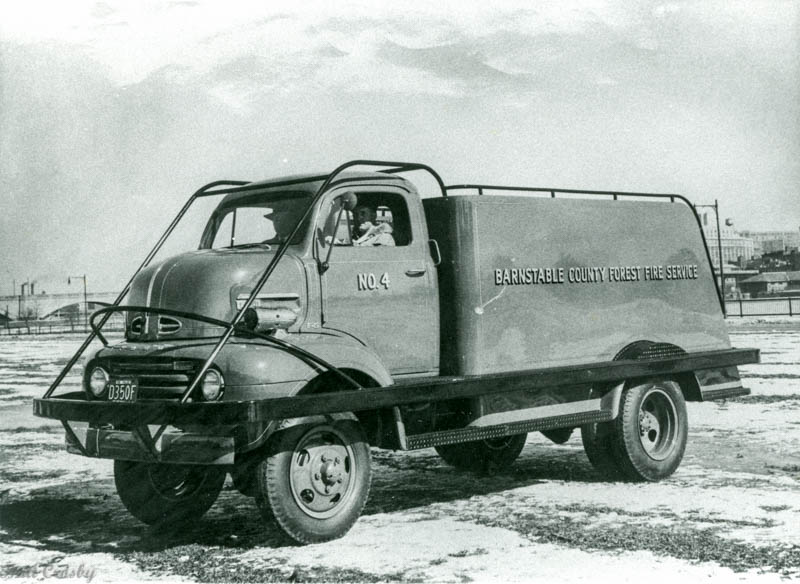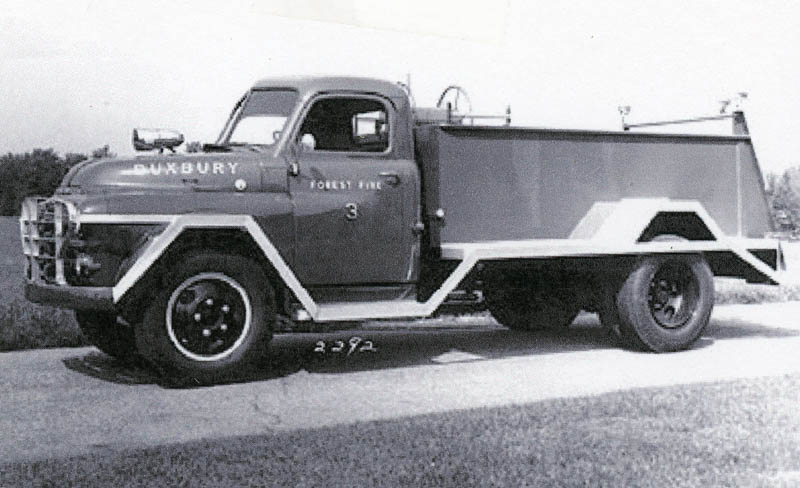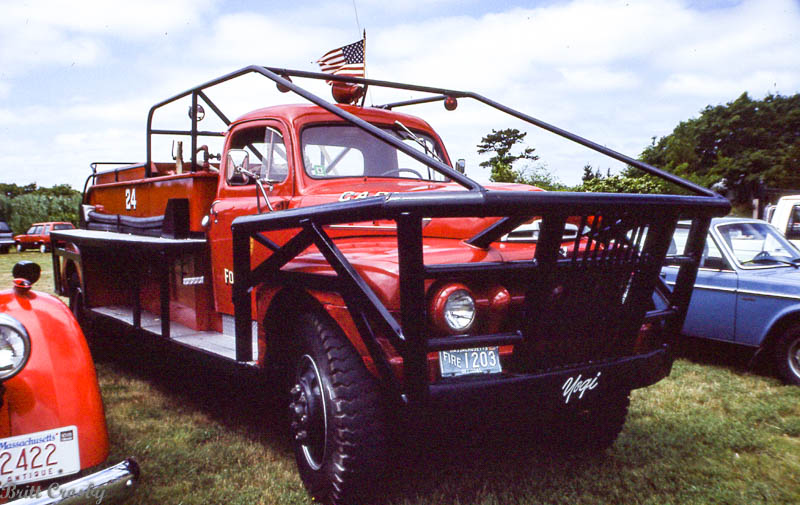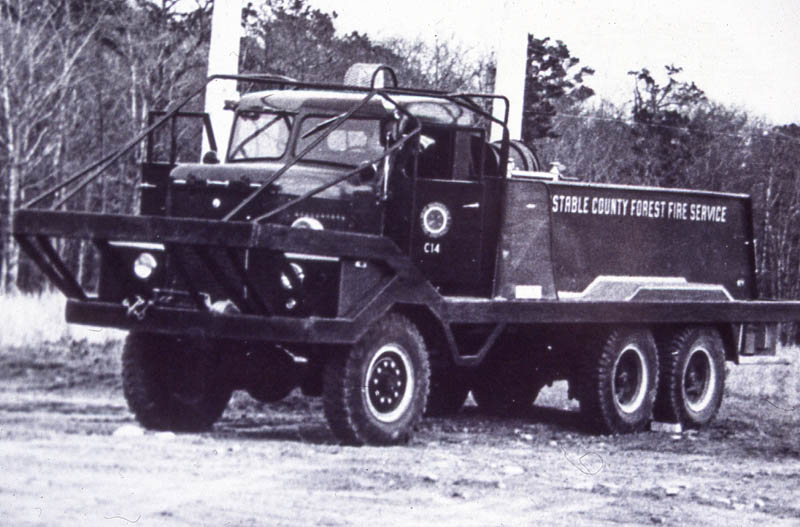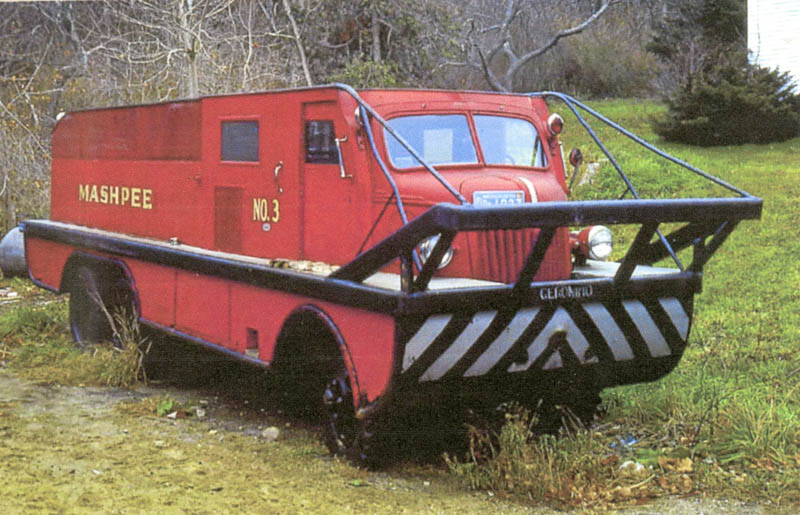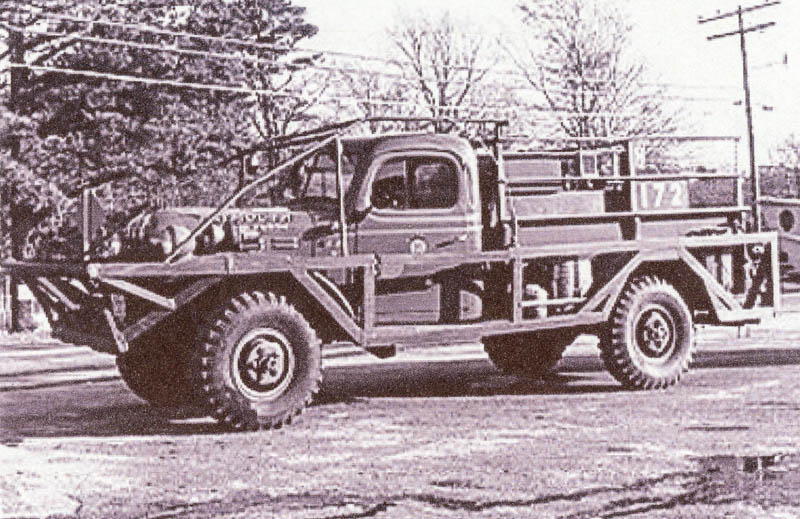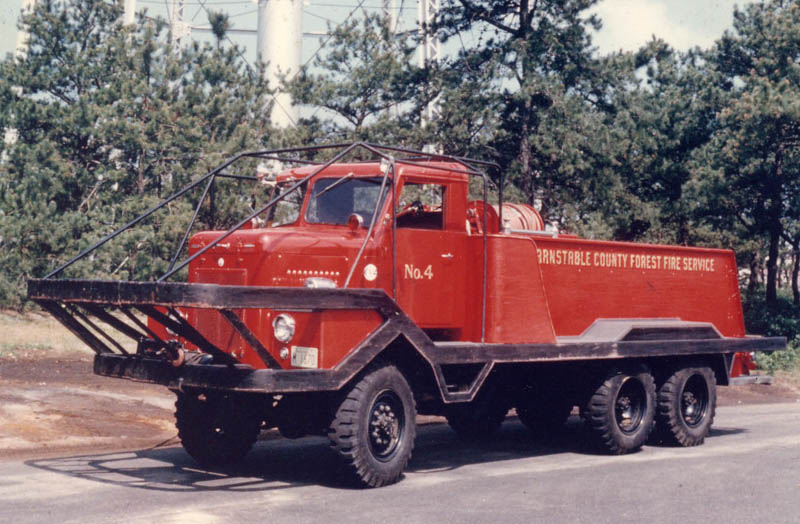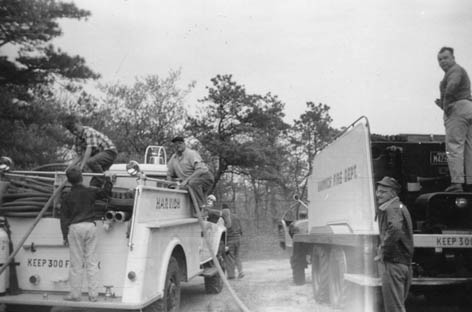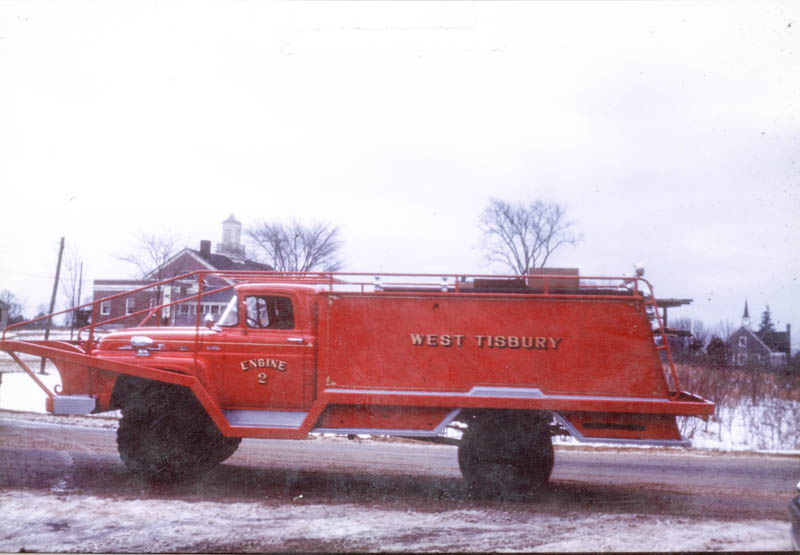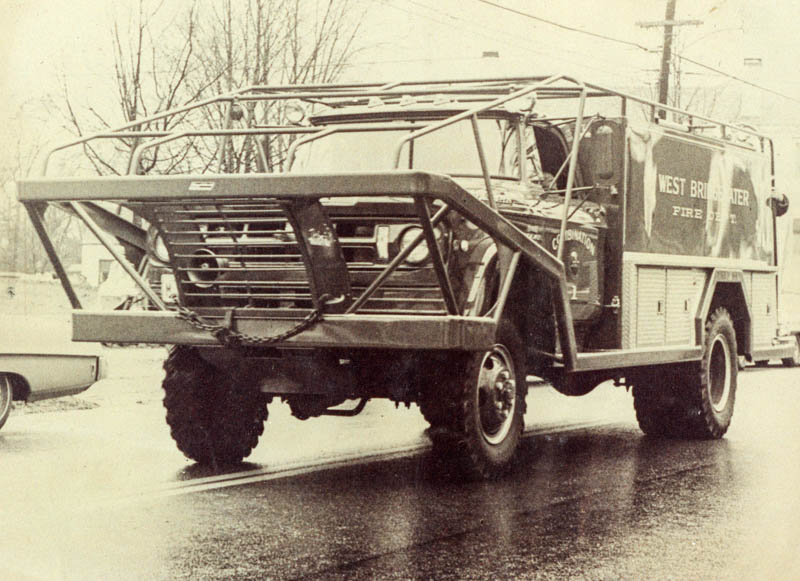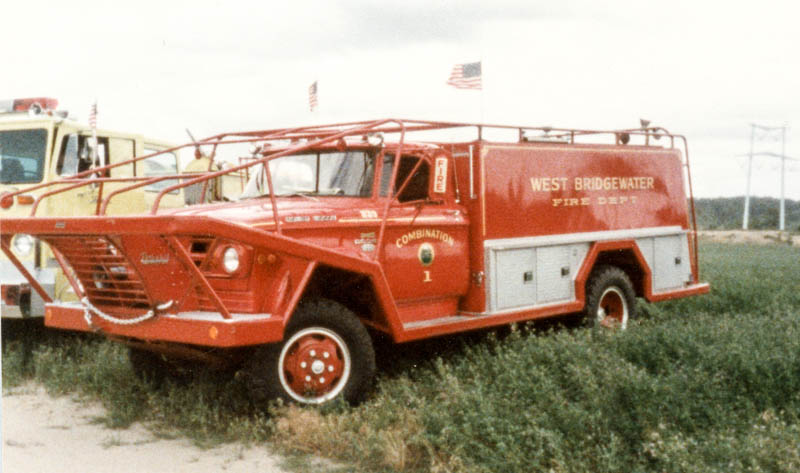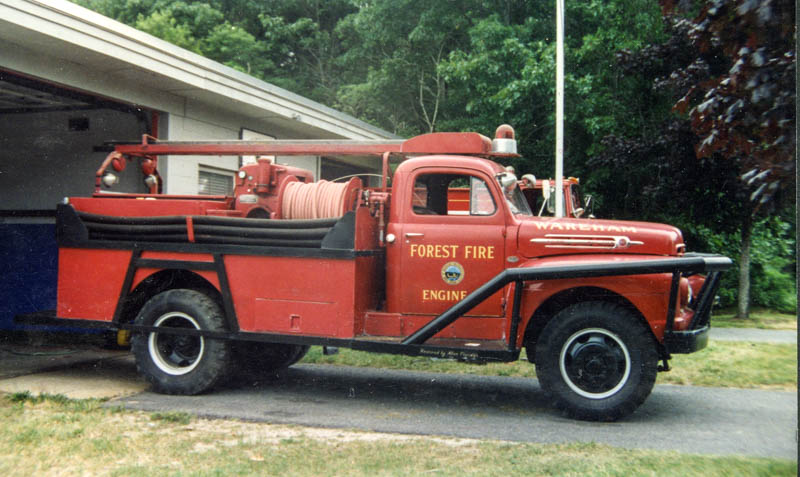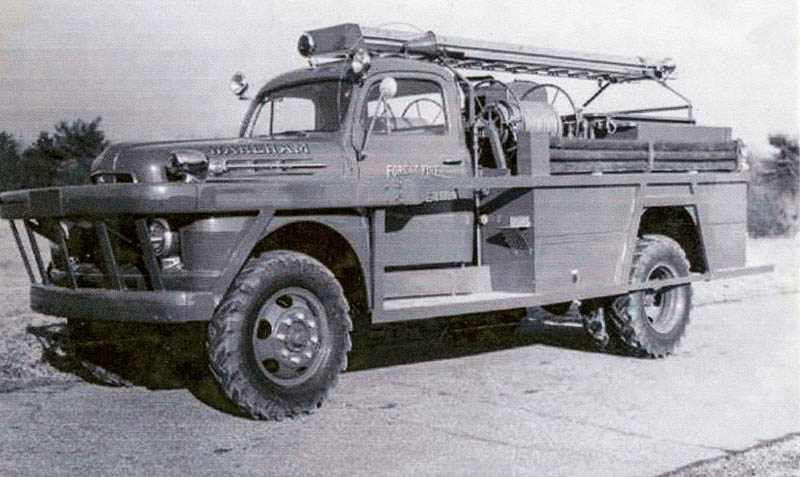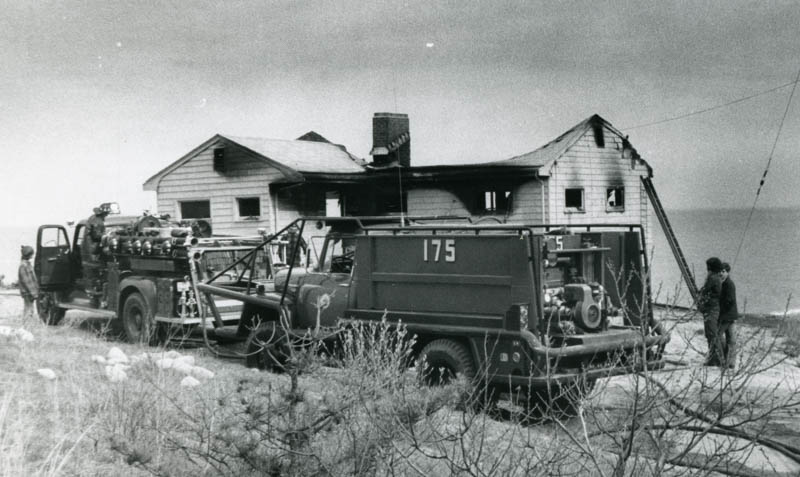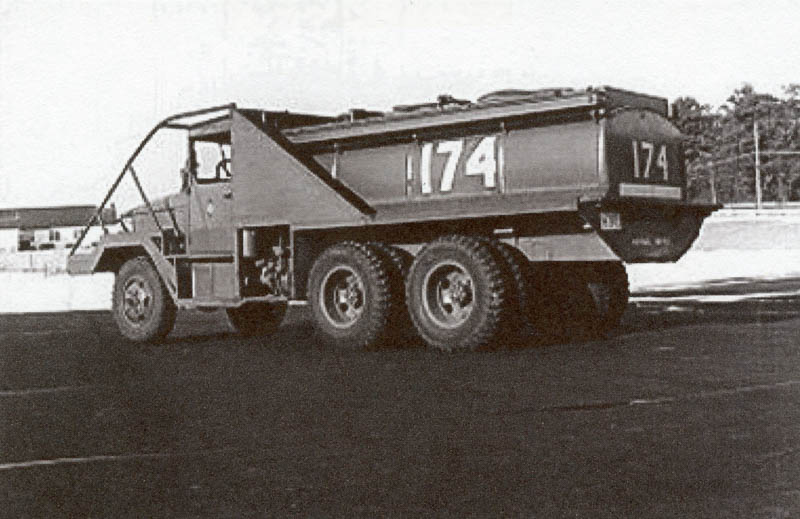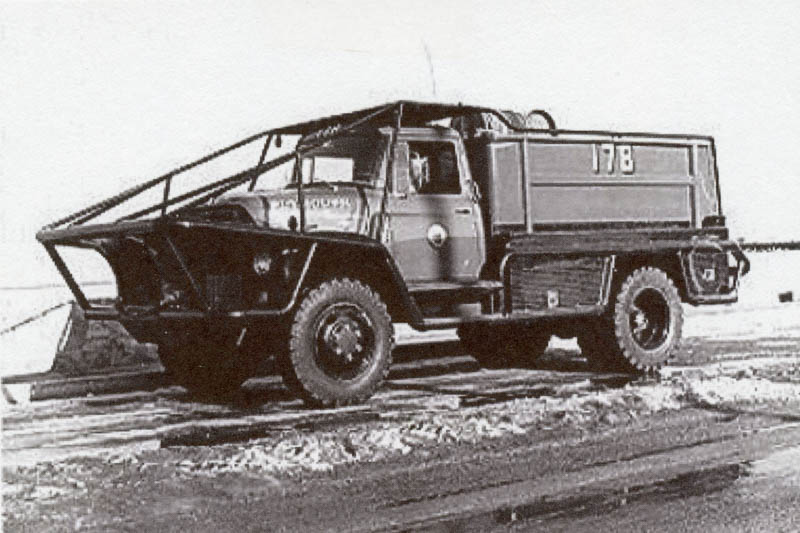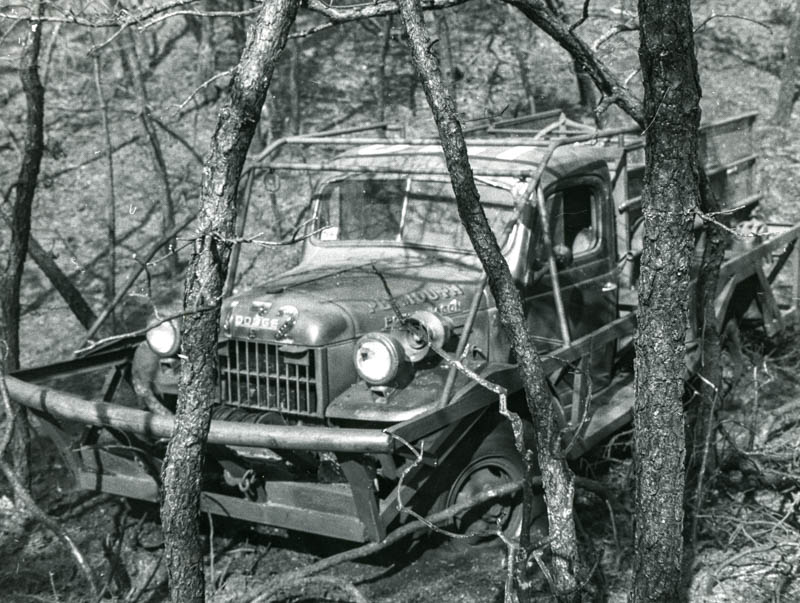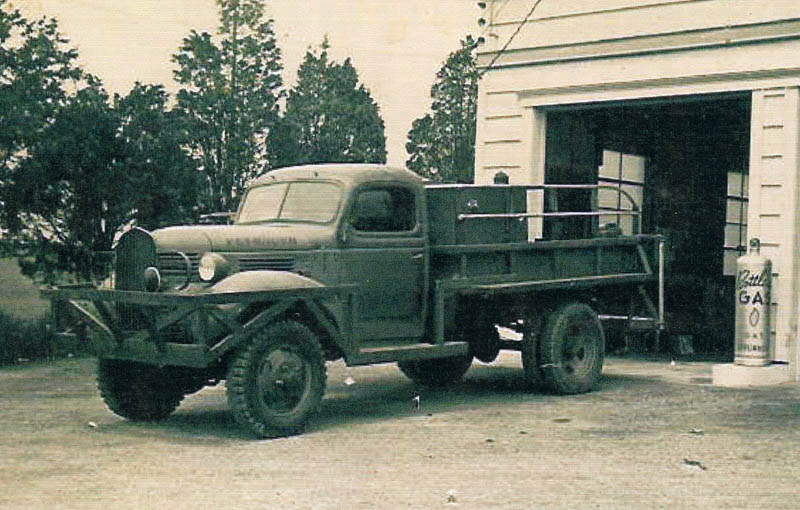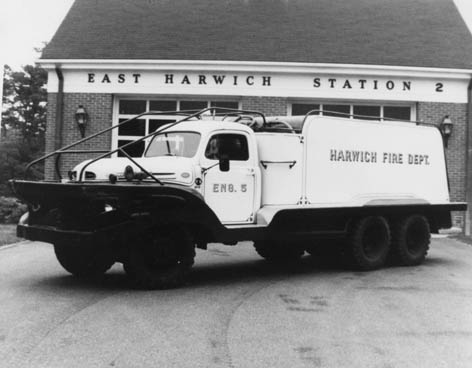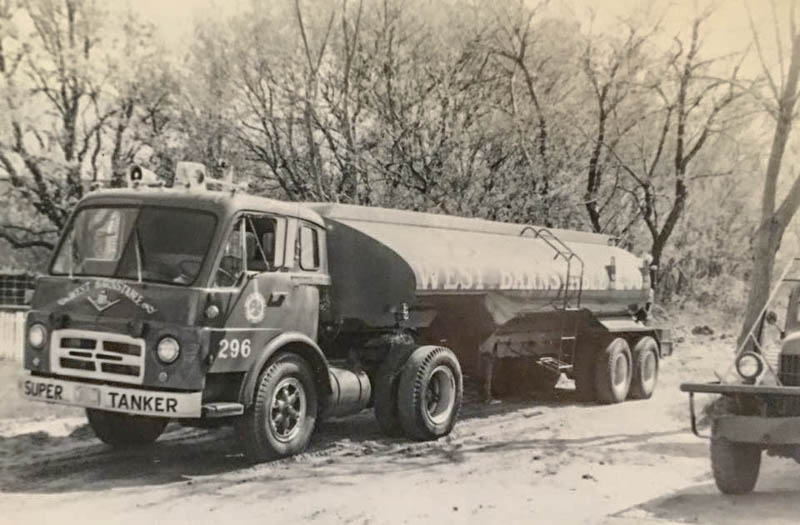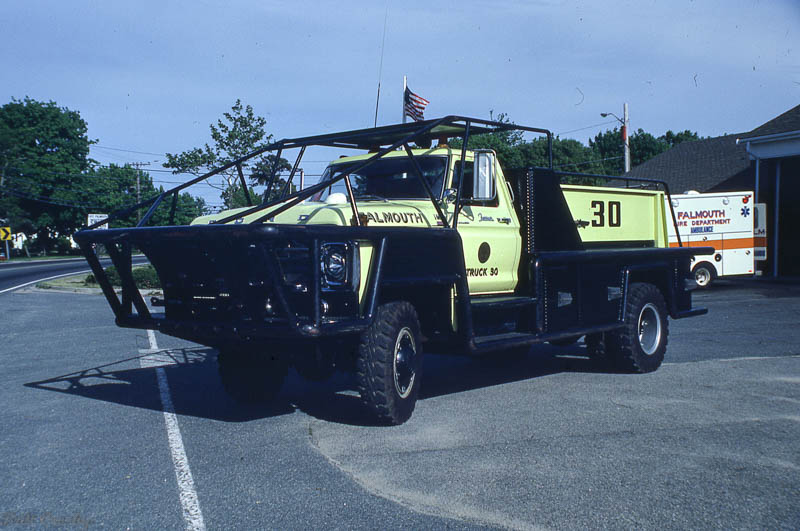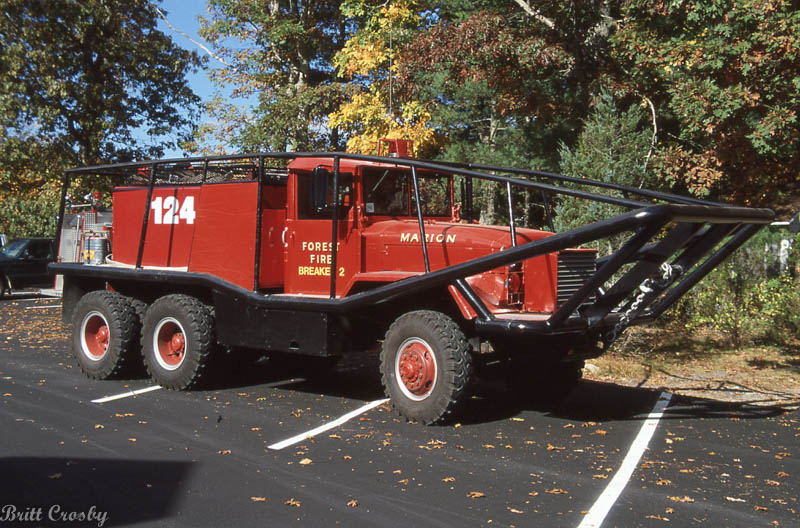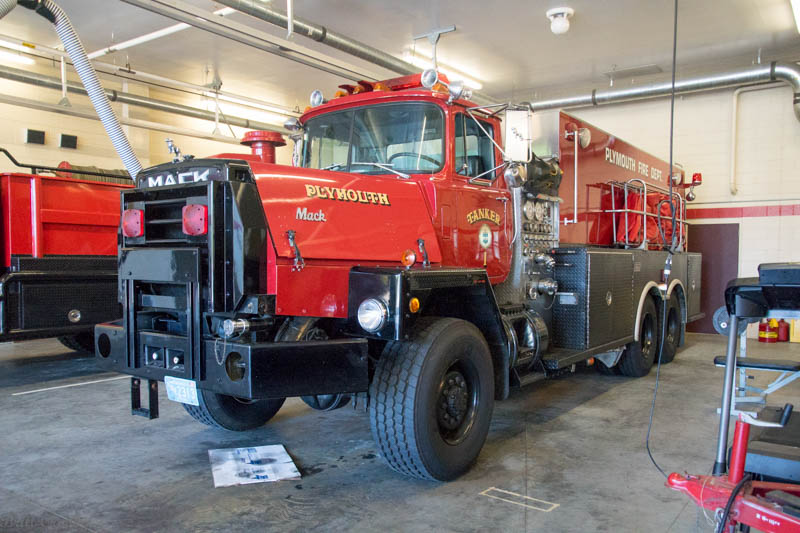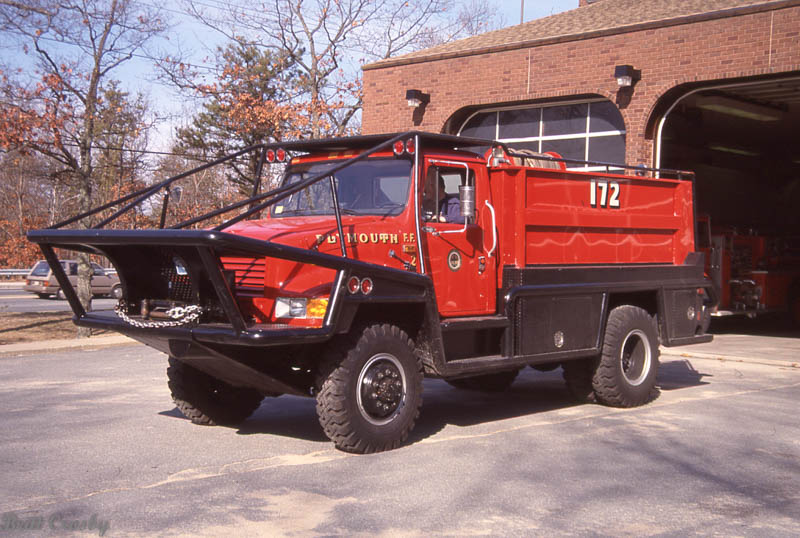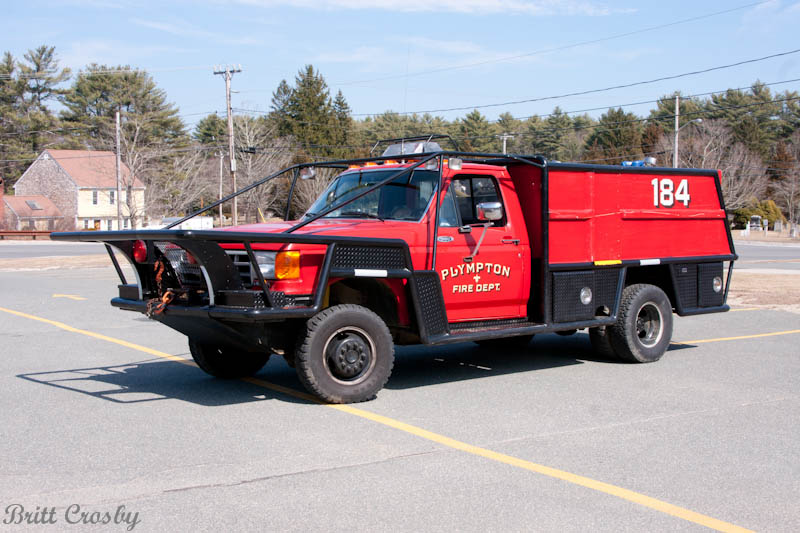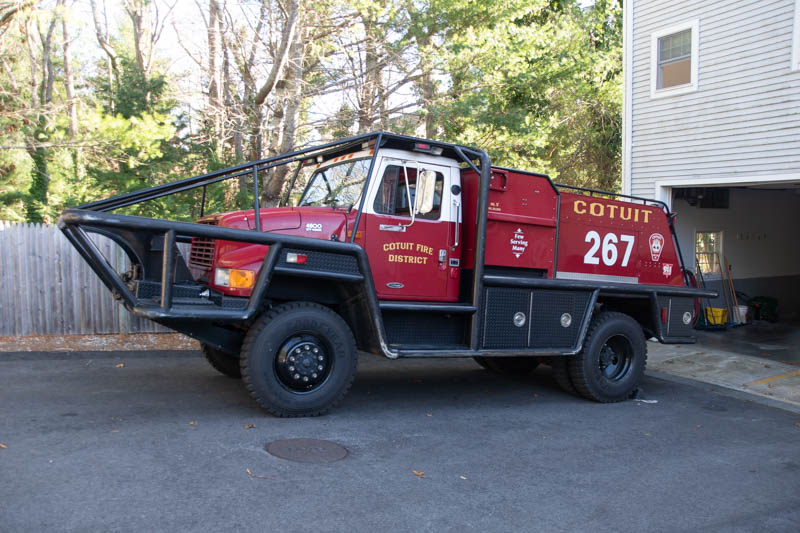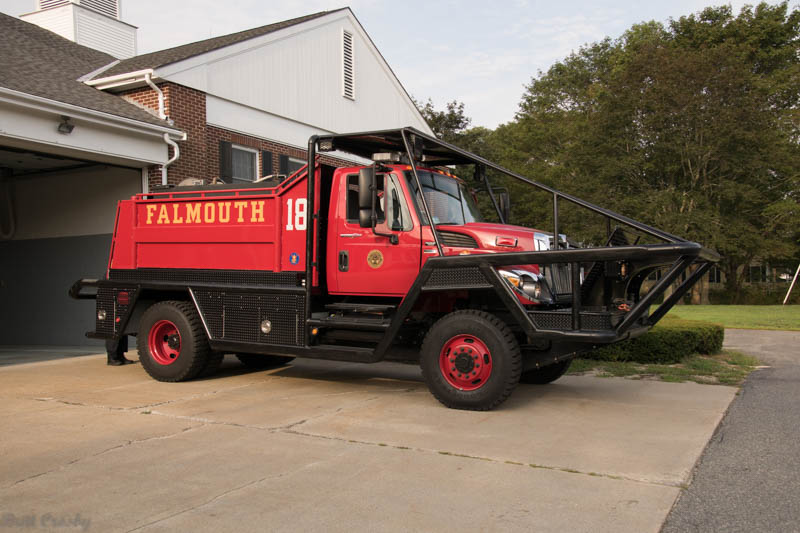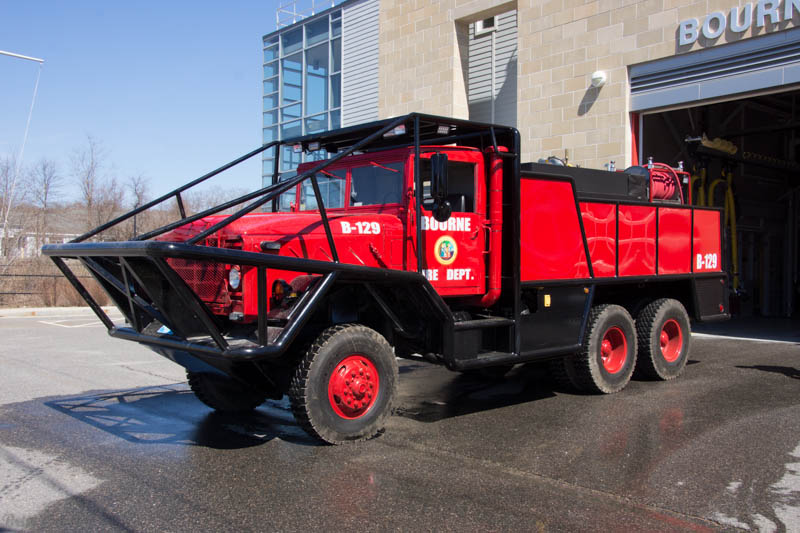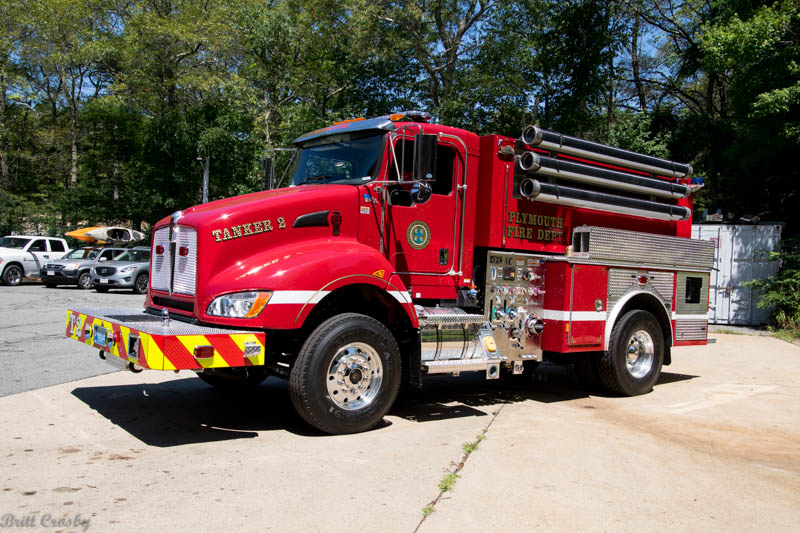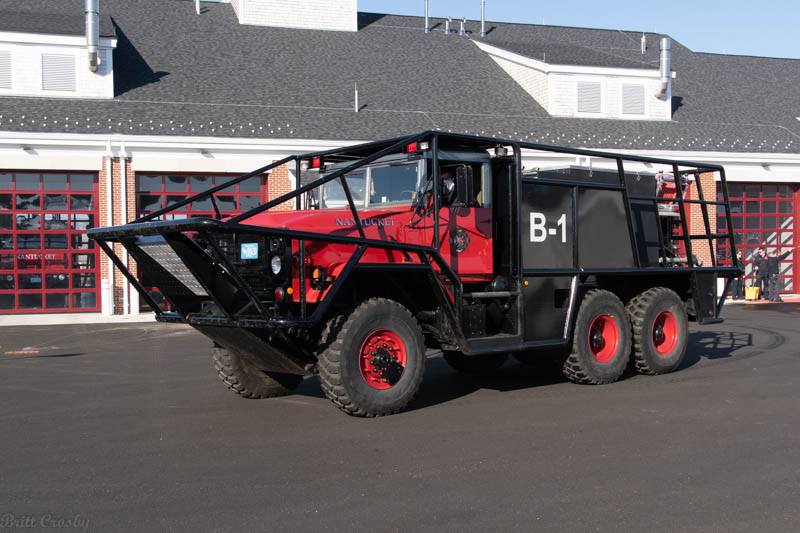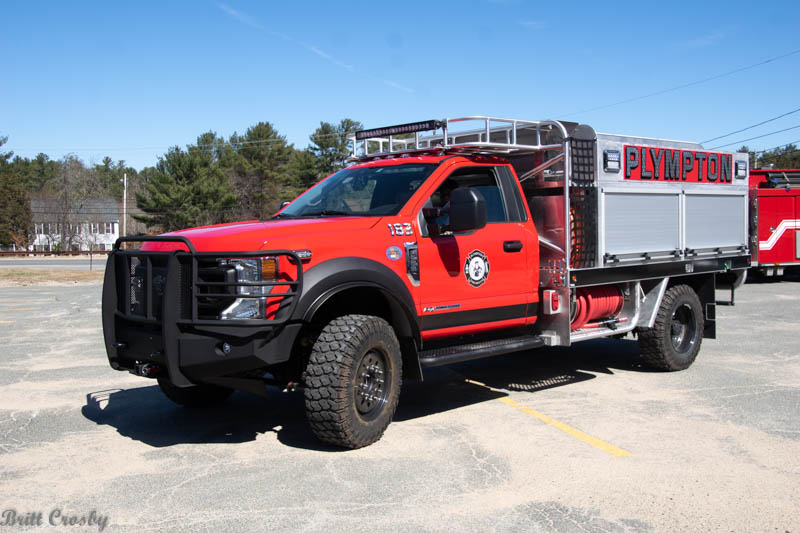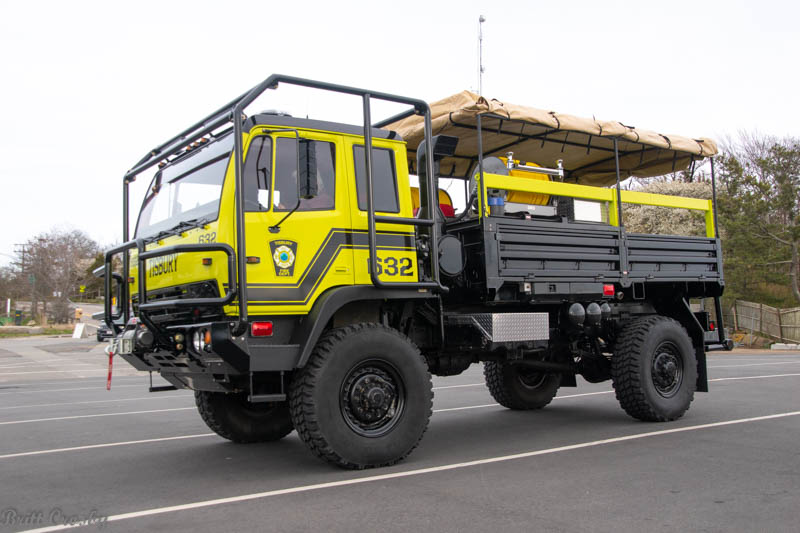
|
|
Page 1
Original Feature Posted January 2001 - Feature Rebuild August
2022 |

~ Forest Fires and the Forest Fire Apparatus
Used to Fight Them ~ |
|
|
|
|
|
PAGE CONTENTS
|
|
THIS PAGE 1 - Cape Cod & The Islands 2 - The Fire Season 3 - Fire The Woods 4 - Forest Fires Threaten Communities 5 - Forest Fires Kill 6 - Some Historic Cape Cod Forest Fires 7 - Spotting Fires - Fire Towers 8 - Spotting Fires - Air Planes 9 - Spotting Fires - Patrol Trucks 10 - Fire Prevention - Smokey Bear 11 - In The Beginning - Fighting Fire by Hand 12 - The 1920's - Brush Trucks 1920 - 1929 13 - The 1930's - Brush Trucks 1930 - 1939 - First Brush Breakers 14 - The 1940's - Brush Trucks 1940 - 1949 15 - The 1950's - Brush Trucks 1950 - 1959 16 - The 1960's - Brush Trucks 1960 - 1969 17 - The 1970's - Brush Trucks 1970 - 1979 18 - The 1980's - Brush Trucks 1980 - 1989 19 - The 1990's - Brush Trucks 1990 - 1999 20 - The 2000's - Brush Trucks 2000 - 2009 21 - The 2010's - Brush Trucks 2010 - 2020 22 - The 2020's - Brush Trucks 2020 - Beyond MORE PAGES Main Index |
|
|
| 1 - CAPE COD &
THE ISLANDS |
THE CAPE & ISLANDS GEOLOGY Martha's Vineyard Island is very similar geologically. It covers about 96 square miles, with about 20 miles in length and a highest elevation of 311'. Nantucket is about 47 square miles with an elevation of only about 30'. Just "off Cape" on the mainland side of southeastern Massachusetts, are a number of towns within Plymouth County that also have very similar geology. CLIMATE Winters are sometimes mild, influenced by the warmer waters around the Cape, but can also be long and bitterly cold with snow and ice staying for months. Severe weather can include "northeasters" which may last several days, blizzards, and prolonged cold spells which have been known to even ice over salt water. Spring weather sometimes begins as early as February, but typically the spring and typical "fire season" goes from March to about May. It is the warming, drying, and windy conditions that historically brought major fires. Summer is often moderated by the effects of being surrounded by water. Prevailing southwest winds and on shore breezes make the hottest days pleasant. Fall is sometimes the most pleasant part of the year, but is also sometimes a time of fire concern. VEGETATION REGIONS When looking at Cape Cod, there are a few ways to look at it. One way is by its general geographical regions, which are also influenced by various differences in geology, terrain, vegetation, and weather. UPPER CAPE. The area closest to the mainland of Massachusetts is considered the Upper Cape area. It includes the towns of Bourne, Sandwich, Falmouth, and Mashpee. In the middle of this region is the Massachusetts Military Reservation (aka Camp Edwards, Otis Air Force Base, MMR, and more recently Joint Base Cape Cod. The Upper Cape is the widest, most forested part of the Cape. Historically many of the largest forest fires have been in this area. MID-CAPE. The middle part of the Cape, between the Upper Cape and the elbow where the Cape bends northward, includes the towns of Barnstable, Yarmouth, and Dennis, . Plenty of major fires have occurred in these towns over the years, but they tend to be more thickly settled these days. OUTER CAPE. To the east of the Mid-Cape area are the towns of Brewster, Harwich, Chatham, and Orleans. This area shares many of the characteristics of the Mid-Cape. LOWER CAPE. The Lower
Cape, which is actually higher than the rest of the Cape,
actually describes the narrowest part of the Cape. It includes
towns of Eastham, Wellfleet, Truro, and Provincetown. The Cape
Cod National Seashore is also a major part of this area. One of
the challenges to this part of the area is the response time for
assistance which can only come from one direction. THE ISLANDS The Island of
Nantucket is the single town of Nantucket and its own County of
Nantucket. PLYMOUTH COUNTY Historically, these towns have had many large forest fires and have utilized the same types of forest fire apparatus as the Cape. Often, Plymouth County and Barnstable County have provided mutual aid support to each other many times.
BEYOND CAPE COD In areas that have different geology, with steeper hills, more rocks, or larger older trees, the conditions may not favor use of this type of apparatus.
Pitch Pine forests cover large areas - Myles Standish Plymouth
Thick fuel can spread fires and make access difficult
Clear fire roads and natural clearings are
important |
| 2 - THE FIRE
SEASON |
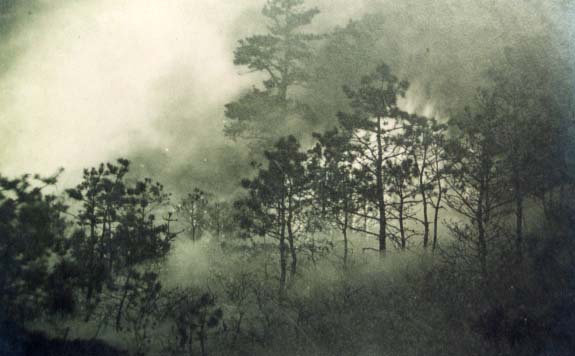 |
FIRE SEASON The traditional "fire season" is the time of year when brush and forest fires tend to grow and spread the fastest. In the Cape & Islands area this tends to be in the spring, essentially March, April, and May each year. That is not to say that large fires have not happened at other times of the year. They certainly have many times. But typically, as winter ends and new growth begins, the conditions for brush and forest fires increases. When all the
conditions come together; warm weather, dry conditions, stronger
winds, and some form of ignition, the Cape Cod area can
experience some of the more severe fire conditions in the
country. Fires have been documented to have burned dozens of
acres of land in minutes. Plenty of fires have blackened
hundreds, or even thousands of acres of land. Some fires have
been as large as 25,000 acres.
|
| 3 - FIRE THE
WOODS |
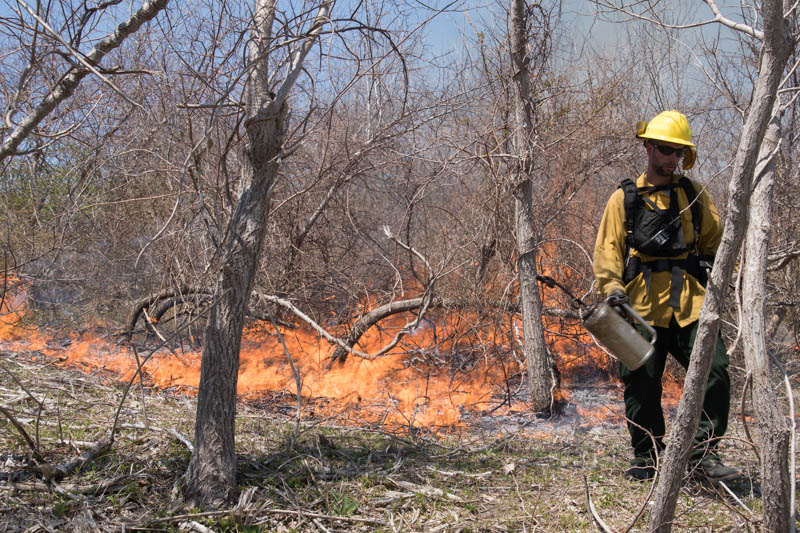 |
CONTROLLING FIRES The native people of the area recognized the danger of out of control brush and forest fires long ago. One of their annual traditions was to "fire the woods" in their area to prevent larger fires from happening. By setting smaller (controlled) fires in the lower, thick brush, they were able to burn off much of the fuel that larger fires count on. Once the ground cover is cleared of its flammable fuel, flames are no longer able to reach the higher parts of the trees. The use of "prescribed burns" and controlled burns continues today in some cases as the principles learned many years ago are used to reduce fire threats. The clearing of fire roads to enhance access and response times was also always an important part of the spring. Large trees fallen across paths and fire roads can greatly increase the odds of larger fires. Many communities operated forest fire patrol crews annually that would make sure these roads were clear.
|
| 4 - FOREST
FIRES THREATEN COMMUNITIES |
 |
CAPE COD FOREST FIRES Large brush and forest fires provide a number of threats to communities. In addition to blackening areas of forest, wild fires threaten homes, businesses, and the property of residents. The larger fires are very difficult to stop and will often consume whatever is in front of them until they reach a natural clearing, barrier, or change in weather. One Cape Cod fire, in 1887, burned some 25,000 acres of forest from the Pocasset section of Bourne to Sandwich. At the time, one of the largest industries on Cape Cod from 1825 to about 1894 was the Sandwich Glass Company. The impact of the 1887 forest fire destroyed much of the wood needed to fire the furnaces at the factory, ultimately leading to the demise of the company and what it contributed to the community. In May 1964, a large forest fire in the Carver area blackened about 5,500 acres and burned approximately 30 cottages.
August 1907 Cape forest fire viewed from Onset
1950s fire in the Plymouth area threatened many homes
|
| 5 - FOREST
FIRES KILL |

A Tribute - Firefighters Memorial in Sandwich |
DEADLY PLYMOUTH FOREST FIRE 1937 On May 4, 1937, a forest fire near Mast Road in the Plymouth Pine Hills area took the lives of 2 Plymouth firefighters. They were trapped by a rapidly moving fire when the wind direction changed causing the fire to sweep across Sandwich Road. Both men were badly burned and are believed to be the first firemen to have died in Plymouth. Many others barely escaped, some with severe burns. Killed in the fire were:
Herbert R Benton, age
38
DEADLY CAPE COD FOREST FIRE 1938 Bourne Deputy Chief Clarence Gibbs took a crew of young men, volunteers, to help him fight the fire in the woods. A 40 mile per hour wind fanned the flames and the crew soon became trapped by the fire. All received severe burns and died as a result. Today a simple Firefighter Memorial stands alongside Route 130 in Sandwich near where they were killed, so that their names will never be forgotten. Thomas B Adams,
age 43 Firefighters Memorial Route 130
in Sandwich |
| 6 - SOME
HISTORIC CAPE FOREST FIRES |
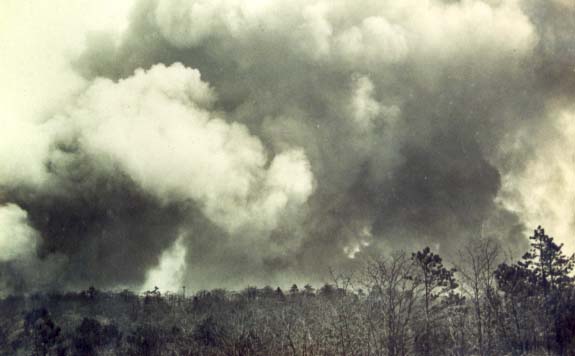 |
SOME OF THE HISTORIC FIRES While there have been many "Great Fires" (conflagrations) in some of the largest cities of the world, there have also been many large forest fires. Some of these were in southeastern Massachusetts and Cape Cod.
1780 - THE DARK DAY 1887 - 25,000 ACRES 1900 - THE GREAT FIRE OF 1900
July 31, 1909 Forest Fire in
Cataumet, Bourne 1923 - 25,000 ACRES 1937 - FIRE BUG The Fire Bug may have also been responsible for the May 4, 1937 fatal Mast Road Plymouth fire. While that fire was burning, another fire broke out on Island Pond Road, and yet another on Summer Street in Plymouth. These 3 large fires, all burning at the same time, required help from departments in a 20 mile radius. Some 700 men fought the fires. The following day, another fire began just north of Ponds Road in Plymouth, burning to State Road. These 4 fires, burning over just 2 days, burned more than usually experienced in 5 years. Other fires that were also set, were able to be controlled with less damage. While many brush fires were considered accidental, caused by a train, the careless disposal of cigarettes, children playing with matches, cook fires out of control, or small fires that got away, it was often the Fire Bugs who caused the largest fires in history. They would sometimes start a fire on a back road, drive a few hundred feet and start another, and so on. These fires would quickly outnumber and out match the ability of a small number of firemen to control them.
1946 Cape Forest Fire burned
15,000 acres across 8-1/2 miles 1946 - BIG CAPE FIRE There were at least 23 other fires reported burning in eastern Massachusetts on Sunday April 21, 1946.
Fire apparatus from 45 cities and towns assisted Cape Cod
This map on the wall at the
District 2 Myles Standish office shows fires. 1957 - MYLES STANDISH FIRE About 30 minutes before this fire broke out, a Plymouth Fire Department brush breaker had been sent to help battle a brush fire in Mashpee on the Cape. The Plymouth Chief quickly recalled that truck to return to fight the fire in its hometown. The fire would ultimately burn about 15,000 acres. Fire apparatus from Framingham to Provincetown were reportedly involved in the fire fight. Cape Brush trucks
from Bourne, Falmouth, Harwich, Truro, and Onset, as well as
many from Plymouth County departments and all State trucks
across Massachusetts responded. Soldiers from Otis and prisoners
from Plymouth were put to work as well as many local and state
police officers. Plymouth Fire Chief Everett B Wood ordered the
evacuation of more than 150 people. Approximately 6 cottages
were destroyed. Over 3,000 firefighters are believed to have
fought the fire.
Smoke from the Carver fire in
1964 1964 - CARVER Two days later, on Monday, May 25, 1964 at about 1:00 PM, the Fire Tower observed a fire starting up in the Farm-to-Market Road area of South Carver. This was near where the fire burned 2 days earlier. Just 3 minutes later, the Tower observed another fire in the Suther's Marsh Road area off Federal Furnace Road. Eight brush breakers from Carver and Plymouth responded to the Suther's Marsh fire. Other apparatus, from Wareham responded to the fire in Myles Standish. The Suther's Marsh Road fire was controlled within about 2 hours, but the other fire continued to gain headway and had grown much larger. The fire continued to burn eastward towards Charge Pond and Camp Cashalot at Five Mile Pond and Little Long Pond. The fire jumped the Agawam River and burned to White Island Pond. Plymouth Fire Chief Arthur Lamb chose to make a stand at White Island Pond to try to block the north end of the fire and at Shangri-La Shores near Glen Charlie Road to the south. About 1,000 men fought the fire as 30 mph winds and extremely dry conditions resulted in the fire destroying about 5,500 acres and some 20 cottages.
One of the structures destroyed
in the Carver Fire
The May 1, 1965 fire that
jumped Route 6 in Sandwich 1965 - FIRE JUMPS MID-CAPE HIGHWAY At about 12:54 PM,
the Fire Towers picked up a smoke out on the base (Camp
Edwards/Otis Air Force Base). The fire was lined up in the
vicinity of Forestdale - Pocasset Road near the impact area. The
fire quickly progressed and went on to jump the Mid-Cape Highway
(Route 6). The following transcript was provided by Gordon
Peters. 12:54 hrs - Brush Fire is Reported
on the Base in area of 13:03 hrs - The Bourne Fire Tower Updates A LOT OF FIRE THERE. 13:06 hrs - The Bourne Fire Tower Updates LOOKS REAL BAD. 13:12 hrs - Barnstable County Fire Patrol Plane P-18 in the
area over the fire 13:15 hrs - Fire Reached WOOD ROAD and is SPREADING FAST. 13:15 hrs - BOURNE FIRE TOWER put in Request for ADDITIONAL
TRUCKS 13:20 hrs - Calls made to PLYMOUTH COUNTY for
13:25 hrs - The fire reached and CROSSED JEFFERSON ROAD
13:30 hrs - The fire was about to cross GIBBS ROAD. 13:45 hrs - The fire CROSSED GIBBS ROAD and
was 14:20 hrs - The FIRE JUMPED ROUTE 6 with Many Trucks on the road. 14:40 hrs - Orders made for ALL PUMPS and TANKERS to
15:30 hrs - The fire is FINALLY STOPPED at SANDWICH VILLAGE 22:30 hrs - Apparatus Released from Mutual Aid The fire burned several thousand Acres of forest in about 2:45 hours. The blackened area was visible from Route 6 for years until new growth filled in. It came very close to burning right into the most congested and historic part of Sandwich. Photos and information on the fire came from several sources including Dennis Newman and Gordon Peters.
Otis Fire Department Brush
Breaker 14 on Mid-Cape as fire approached
1971 - PLYMOUTH FIREFIGHTERS BURNED Seven Plymouth firefighters were burned during the fire. More than 40 apparatus from Plymouth and Barnstable County battled the fire.
Plymouth 1955 Dodge Power Wagon
Breaker burned in 1971
PAVE PAWS Fire on April 22,1988 1988 - PAVE PAWS FIRE PAVE PAWS Fire on April 22,1988
1995 - SOUTH PLYMOUTH FIRE |
| 7 - SPOTTING
FIRES - FIRE TOWERS |
|
Barnstable Fire Tower built in 1914 FIRE TOWERS The first Fire Tower used by the State was a wooden tower built by public subscription in 1897 on Shootflying Hill in West Barnstable. In 1912, a wooden watchman's cabin was built on top of the tower. In 1914, a sturdier steel tower was erected with both Barnstable and Yarmouth paying a total of $500 to construct it. At this time, about 1 mile of telephone cable was also laid enabling telephone service for the first time. The first radios in Fire Towers were installed in about 1937. Eventually more Fire Towers were built. On Cape Cod there are towers in Bourne, Sandwich, Falmouth, Barnstable, Dennis, Brewster, and Wellfleet. There is one on Martha's Vineyard in West Tisbury. In
Plymouth County there are towers in Plymouth, Carver,
Middleborough, Kingston, Hanson, and Norwell.
1913 Map of Massachusetts show the Fire Towers at that time
Fire Tower Observer keeps a close eye out for smoke
Spotting a smoke while it is still small
INSIDE THE TOWER
Where two lines cross shows where the fire is located
|
| 8 - SPOTTING FIRES - BY AIRPLANE |

Barnstable County Fire Patrol Plane P-18 in 1960s |
EYES IN THE SKY The use of airplanes to spot fires probably began soon after the first plane took off. There is a photo, believed to have been taken on the Cape, of a by-plane circling a column of smoke probably in the 1930's or 1940's. In the1950s, Barnstable County and Plymouth County both acquired Fire Patrol Planes. The simple, light duty aircraft had room for a pilot and observer. The plane was equipped with a fire radio and could communicate with Chiefs and others on the ground to provide guidance, directions, or warnings while circling over fires. The Barnstable Fire/Police Patrol Plane was called "P-18" on the radio. In Plymouth County, their plane was known as "1-0" (One Oh). The Barnstable County plane was sold and discontinued in the 1990s. The Plymouth plane was damaged when it flipped over while landing at Plymouth Airport in October 2020. While not often used,
helicopters have sometimes been called in to duty. Sometimes for
observation and sometimes for water drops in areas that are
difficult to reach.
Brush breakers and apparatus observed from P-18 at PAVE PAWS fire 1988
Brush breakers working at Otis June 1987
Plymouth County Fire Patrol plane 1-0 in 2012
A military helicopter demonstrates a water drop in a 2013 drill
A military helicopter filling bucket March 1986 Otis Fire
|
| 9 - SPOTTING FIRES - PATROL TRUCKS |

Massachusetts Dept of Conservation 1922 Ford
Model T Patrol Truck
|
FOREST FIRE PATROL TRUCKS The use of Forest Fire Patrol Trucks pre-dates many of the Fire Departments on Cape Cod. Before organized fire departments, some towns had appointed Forest Fire Wardens charged with responsibility for preventing fires and organizing a crew to fight fire when they were discovered. Simple pickup trucks with brooms, rakes, shovels, and water cans would patrol areas. Keeping fire roads clear and watching out for smoke was important. Once
radios were available, fire towers could communicate with Patrol
Trucks to alert them of fires. Some towns had Forest Fire
Departments in addition to Fire Departments. The State also
operated patrol trucks within the Counties for many years.
Early Patrol Truck in Orleans A 1934 Chevy Forest Fire Patrol truck with Bourne Fire Department
State DOC - Patrol - 1942 Chevy Patrol Truck - Henry Perry
The 1958 Ford Patrol Truck 210 of Town of Barnstable Forest Fire Department
Fires at the dump were very common
Barnstable and State Forest Fire Patrol trucks meet with P-18
State Patrol Truck assigned to Barnstable County
State Patrolman Peter Martin covered the Lower Cape into the 2000's
|
| 10 - FIRE PREVENTION & EDUCATION |
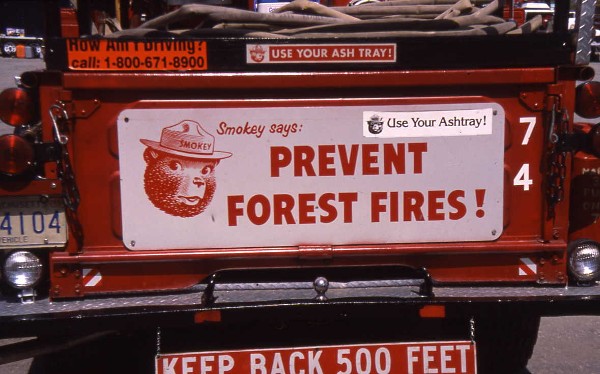
Along came Smokey Bear |
THE BEGINNING OF FIRE PREVENTION Following the May 1923 forest fire that burned about 25,000 acres from Pocasset to Sandwich, the State Commissioner of Conservation stated the "something was radically wrong." He was making the point that the fire should have been contained to about 1,000 acres since it wasn't even a "fire day." This fire was the beginning of serious efforts to reduce or prevent forest fires. Soon after the fire in 1923, the State purchased hundreds of acres of forest in Bourne and Sandwich creating the Shawme State Forest. The name was later changed to the Shawme - Crowell State Forest in 1938, honoring the long dedication of State Forest Fire Patrolman Lincoln Crowell who was killed in 1938 when his patrol truck was struck by a train in Brewster. "A concerted national fire prevention program (dealing with wildland fires) did not follow, until two experiments in 1928..... the Cape Cod Forest Fire Prevention experiment and the Southern Forests Education campaign.... The Cape Cod program involved 110,000 acres of scrub oak and pitch pines. The experiment was intended to compare the costs of prevention and pre-suppression, with those of suppression..." This statement in "Fire in America" by Stephen J Pyne c.1982 demonstrates how serious the forest fire situation on Cape Cod was at the time. Obviously, the results of the experiments and study proved that fire prevention and the associated public education was more cost effective than constantly fighting fires. Out of this, and other causes, came Smokey Bear and "Only You Can Prevent Forest Fires" in the 1940s.
"Remember"
|
| 11 - IN THE BEGINNING - FIGHTING FIRE BY
HAND |

Horse drawn, hand carried |
BEFORE MOTOR VEHICLES Prior to the early 1900s, fighting fires was very labor intensive. It took dozens of strong men to operate hand pumps supplying a single hose line. Steam fire engines required horses to get the apparatus to the scene. Fighting fires in the woods was primarily using tools or brooms. Sometimes wagons, probably horse drawn, would bring a number of water cans and some soda-acid fire extinguishers that could be used to fight brush and woods fires. This was labor intensive and minimally effective, but it was what was available.
Soda-Acid and water created pressurized fire extinguishers
Plymouth Forest Fire Department Plymouth Fire Department Engine 6
Plymouth Forest Fire Department No.1
|
| 12 - THE
1920'S - (1920-1929) BRUSH TRUCKS |

State Department of Conservation Forest Fire
truck 1920s |
EARLY BRUSH TRUCKS The early brush trucks tended to be home made, or at least locally made, and were built to carry more water than traditional structural fire trucks at the time that had only small booster tanks. Firefighting brush and woods fires is all about having a lot of water. A variety of used apparatus sometimes was just what was needed to get the job done.
This truck carried a supply of
extinguishers - Plymouth If there was a road, fire trucks might be of use - Dennis
If a fire was deep in the woods, maybe a lot of hose would help - Dennis
A used laundry truck was a good addition to the fleet - Yarmouth
Fire trucks started to be built with larger water tanks - Yarmouth
Larger trucks replaced older,
smaller trucks in the 1930's
|
| 13 - THE
1930'S - (1930-1939) BRUSH TRUCKS |

The 1930's brought the first Cape Cod Brush
Breakers |
FIRST BRUSH BREAKERS The 1930's saw the invention and development of what would be known as the Cape Cod Brush Breaker. Earlier trucks were typically just commercially available vehicles that were modified to carry a water tank, some tools, and some hose. The patrol trucks and early fire trucks were like this. What changed in the 1930's was the improvement of vehicles to carry additional weight. This enabled them to carry larger quantities of water, ideal for fighting brush and woods fires. The challenge was still getting to where the fire was. If the fire could not be reached by a hose from a road, it would continue to grow out of control. Somewhere along the line, a 1935 Ford truck was built as a "Forest Fire Patrol" truck for the "Shawme Forest" in Sandwich. The truck had some steel bars welded on it providing some protection for the vehicle and possibly getting thinking started for what was to come. Perhaps it was the beginning of Cape Cod Brush Breakers.
The 1935 Ford "Forest Fire
Patrol" at Shawme Forest
The Town of Barnstable Forest
Fire Department's "First"
1937 Ford Brush Breaker built to push over small trees The Town of Barnstable Forest Fire Department got its start sometime around 1922 with Fire Warden Robert Cross and 1922 Dodge Patrol truck that was kept in his garage since there was no fire department in Osterville where he lived at the time. The Centerville-Osterville Fire District's first Fire Chief Bernard S Ames served from 1926 to 1950. Small fire stations were built in Osterville and Centerville. Two Maxim 500 gpm pumpers were bought. Soon, the Forest Fire Department was able to also park the 1922 Dodge in the Osterville Fire Station. Chief Ames eventually became the Fire Warden in charge of the Barnstable Forest Fire Department as well as his position as the C-O FD Fire Chief. Next door to the fire station was a gas and service station. Up the street was a foundry that built pumps. In 1937, they bought a Ford COE (Cab Over Engine) 10 wheel, all wheel drive truck chassis. Working with one of the locals, Carl Starck at the service station next to the fire station, they began to build a fire truck. It was equipped with an 800 gallon oval water tank. It had a Leonard Fire Pump, built up the street, that ran on a separate motor that made the truck able to pump and roll. A large hose reel was placed behind the cab. Most significantly, some pretty heavy duty steel bars were welded to the truck in a manner that protected the truck and enabled it to push over brush and small trees. The result was the "Brush Breaker." The story goes on to explain that the truck has just been painted, when a forest fire broke out in the Ridgewood area of Hyannis on May 5, 1937. "The paint wasn't even dry" when the truck was sent to its first fire!
Barnstable Forest Fire
Department's "First Brush Breaker's First Fire." For reasons unexplained (but likely a lack of experience or training), the truck stalled while going to work on the large fire. The members ran for safety as they watched the brand new "Brush Breaker" burn up at its first fire! It must have surely been a sad day watching all that work going up in flames. The fire burned about 2,000 acres that day in a significant fire. The truck was rebuilt and would go on to serve ably for many years. The general design and features would be duplicated and improved on by many other departments over the years. The ability to respond to
and reach woods fires, while small enough to be extinguished was
a game changer. Brush Breakers could handle some fires and would
work in teams to put out larger fires.
Bernard S Ames in 1958 after 32 years as Chief
Sandwich 1947 Diamond T Engine
2, 1938 Ford Breaker No.3, and 1935 Ford.
1938 - SANDWICH BRUSH BREAKER In 1938, Sandwich
also built a large Brush Breaker, very similar in design to the
Town of Barnstable 1937 truck. It was a Ford COE built by
Buffalo. It carried 1000 gallons of water. The truck was under
powered with a V8 85 hp motor and only had rear wheel drive, but
still managed to serve well at a lot of fires for over 27 years
Sandwich 1938 Ford Breaker No.3
Barnstable County Brush Breaker No.1 - 1939 Ford
The new County Breaker got its start in the new Cotuit Fire Station built in 1937-1938 on High Street. It was staffed and operated by the Cotuit Fire District members and would respond to brush and forest fires in Barnstable County and even Plymouth County. It remained in Cotuit until 1942 when it was replaced by a 1942 Ford County Breaker No.2. The 1939 No.1 was then assigned to the Falmouth Fire Department until about 1957. Ultimately it went on to serve many years with the Gay Head Fire Department on the Vineyard until about 1985. A 46 year career.
State Dept of Conservation
Breaker 2-5, 1939 Ford in Myles Standish 1939 - MASSACHUSETTS DEPT OF
CONSERVATION
In 1939, the Commonwealth of Massachusetts built a fleet of Ford COE Forest Fire Trucks for the Department of Conservation. The trucks were 1-1/2 ton trucks with 100 gpm pumps and about 280 gallon tanks, with lots of hose. These trucks were distributed throughout the state including 2 on Cape Cod and several in Plymouth County.
State DOC - 1939 Ford COE 1-1/2 ton - 100/280 gallon Forestry Truck
State DOC - 1939 Ford COE 1-1/2 ton - 100/280 gallon Forestry Truck
|
| 14 - THE
1940'S - (1940-1949) BRUSH TRUCKS |
|
Bourne Brush Breakers - 1949 Ford No.8 and 1940's Chevy No.9
|
State Dept of Conservation
1941 Ford Forest Fire Truck
Barnstable County Forest Fire Dept - No.2
No.2 was initially assigned to the Cotuit Fire Station in 1942. At that time, the 1939 No.1 was reassigned to Falmouth. The 1942 breaker stayed in Cotuit until about 1948 - 1949 when it was moved to the newly formed West Barnstable Fire Department. It was staffed and operated by West Barnstable until about June 1957 when it was sold to the Mashpee Fire Department as their first breaker. Mashpee did some work to the truck, including a Ford 332 cu inch 200 Hp motor, 5 speed transmission, a 250 gpm pump, and some additional front push bars. It would go on to serve from 1957 to about 1977, retiring after about 35 total years. It took on the name "Geronimo" while serving in Mashpee.
Plymouth County Forest Fire
Department
Camp Edwards Brush Breaker
Information is a little unclear, but it appears two of the initial brush breakers were early 1940s Chevy type trucks with fairly distinct bars. The breaker above is believed to be a 1944 Chevy that served the base and then went on to serve in Bourne. The clue is the slight bend in the side rail shown in the photo above and compared to photos of the Bourne breaker. Otis also built a larger brush breaker, believed to be a 1944 Diamond T truck that carried about 1000 gallons.
Otis Brush Breaker - 1944 Diamond T 1000 gallon Brush Breaker
Bourne Brush Breaker - 1944 Chevy 600 gallon Brush
Breaker
Barnstable Forest Fire Dept - 1947 Dodge PW
150/300 Brush Breaker
Bourne Brush Breaker 8 - 1949 Ford Brush Breaker
Barnstable County Forest Fire Service - No.3
|
| 15 - THE
1950'S - (1950-1959) BRUSH TRUCKS |

Barnstable County Forest Fire Service - No.1
|
| 1950s
Marion Engine 4 - Approx 1950 Dodge / Maxim
Barnstable County Forest Fire Service - No.4 - 1951 Ford/Robinson 175/700 Breaker 1951 - BARNSTABLE COUNTY FOREST FIRE DEPT NO.4
1951 Dodge / Maxim 150/600
1954
Barnstable County Forest Fire Service - No.1 - 1957 Ford 6x6/Maxim 250/800 Breaker
The 1957 International/Maynard Mashpee Engine 1 (253)
Barnstable County Forest Fire Service - No.2 - 1958 Maxim 6x6 250/800 Brush Breaker - C14
Edgartown 1956
1950s Dodge Plymouth 172
|
| 16 - THE
1960'S - (1960-1969) BRUSH TRUCKS |
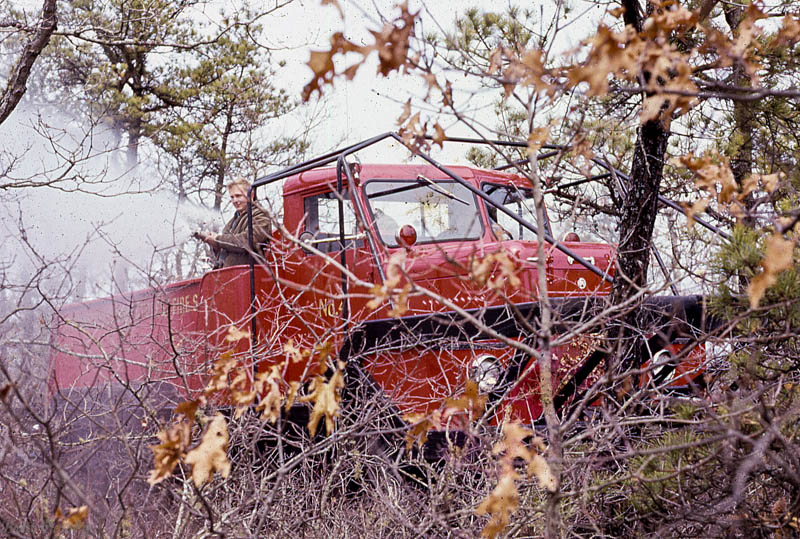
|
| 1960s
Barnstable County Forest Fire Service - No.3 - 1960 Maxim 6x6 250/800 Brush Breaker C13
Barnstable County - No. 4 - 1963 Maxim 250/800 Brush Breaker - Dennis
West Tisbury 1960
|
| 17 - THE
1970'S - (1970-1979) BRUSH TRUCKS |
| 1970s
WELLFLEET FORESTRY 90
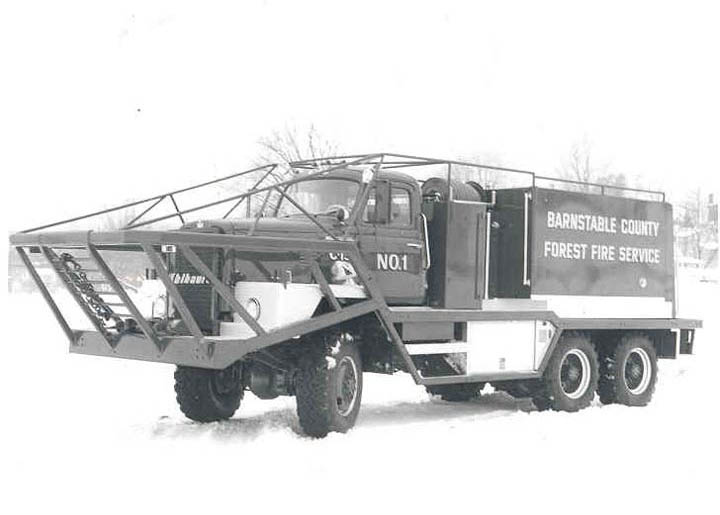
BARNSTABLE COUNTY FOREST FIRE DEPT BREAKER NO.1 (C-15)
(FALMOUTH)
WEST BARNSTABLE TANKER 296 - The "SUPER TANKER"

BOURNE BREAKER 8 (B-128)
OTIS FIRE DEPT BREAKER 8
BARNSTABLE BREAKER 204
|
| 18 - THE
1980'S - (1980-1989) BRUSH TRUCKS |
|
|
| 1980s
FALMOUTH BREAKER 30
SANDWICH BREAKER 1 (B-142)
MARION BREAKER 2 / BREAKER 124
MIDDLEBOROUGH FOREST FIRE 1
WELLFLEET TANKER 96
DUXBURY BREAKER 48
PLYMOUTH TANKER 1
|
| 19 - THE
1990'S - (1990-1999) BRUSH TRUCKS |
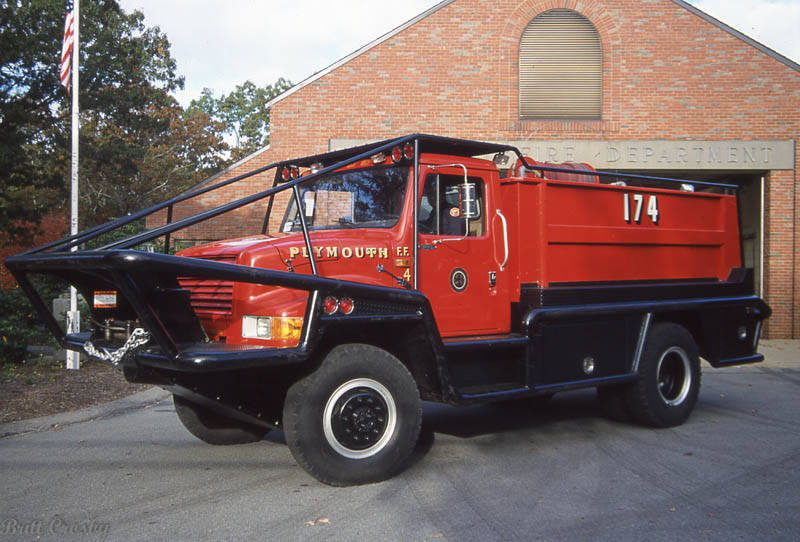
|
| 1990s
PLYMOUTH BREAKER 172
PLYMPTON BREAKER 184
OTIS FIRE DEPARTMENT BREAKER 9
MASSACHUSETTS STATE DCR DISTRICT 1 BREAKER 6 (1-6)
|
| 20 - THE 2000'S - (2000-2009)
BRUSH TRUCKS |

|
| 2000s
WEST TISBURY TANKER 733
COTUIT BREAKER 267
MASHPEE BREAKER 353
SANDWICH BREAKER 461

MASHPEE BREAKER 354
WEST TISBURY BREAKER 732
CHILMARK BREAKER 131
|
| 21 - THE 2010'S - (2010-2019)
BRUSH TRUCKS |

|
| 2010s
FALMOUTH BREAKER 18
WAREHAM BREAKER 401
CARVER BREAKER 27
WEST TISBURY BREAKER 731
BOURNE BREAKER 129
PLYMOUTH TANKER 2
NANTUCKET TANKER 1
SANDWICH BREAKER 462 (Breaker 2)
NANTUCKET BREAKER 1
EASTHAM FORESTRY 158
TRURO TANKER 484
|
| 22 - THE
2020'S - (2020-2029) BRUSH TRUCKS |

|
| 2020s
MASHPEE TANKER 358

CARVER TANKER 1
MARION TANKER 1
WAREHAM BREAKER 404
CARVER FORESTRY 25
PLYMPTON FORESTRY 183
TISBURY FORESTRY 632
|
CapeCodFD.com
2022



